Mandu, or Korean dumplings, are filled with pork, tofu, veggies, and sweet potato glass noodles. They are perfect for everyday meals and snack and are great additions to soups. Here we shared 2 ways to fold mandu and 4 ways to cook them.
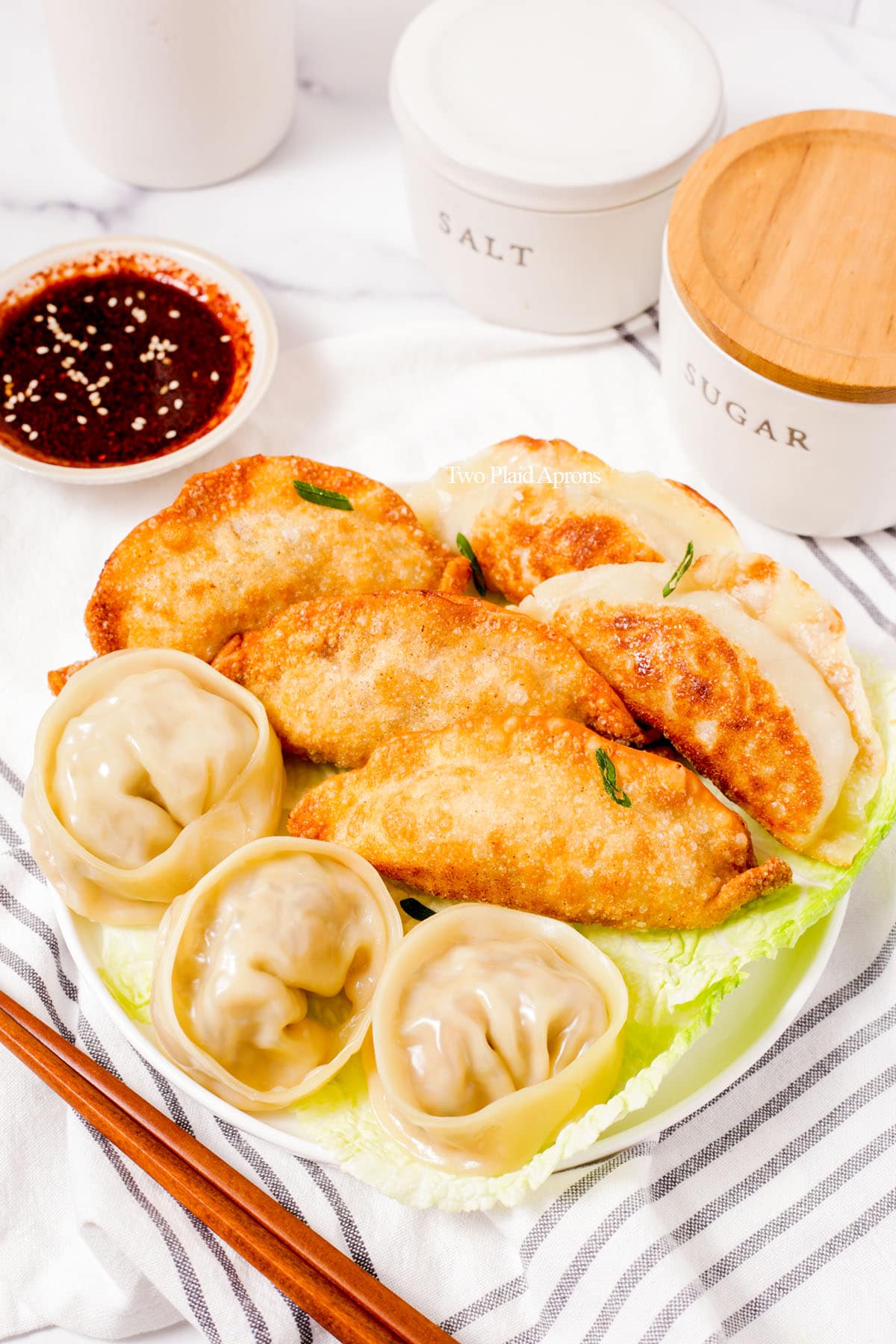
We are huge fans of dumplings of all kind, from classic pork and cabbage dumplings to pork and chive dumplings. They are all so good!
Today we're sharing our favorite Korean dumplings, also called mandu. They can be steamed, boiled, pan-fried, or deep fried. Any way is super delicious! These mandu are larger than your average dumplings and are packed with pork, tofu, veggies, and sweet potato glass noodles. They're perfect for everyday meals and also perfect for New Years and Lunar New Years menu.
Jump to:
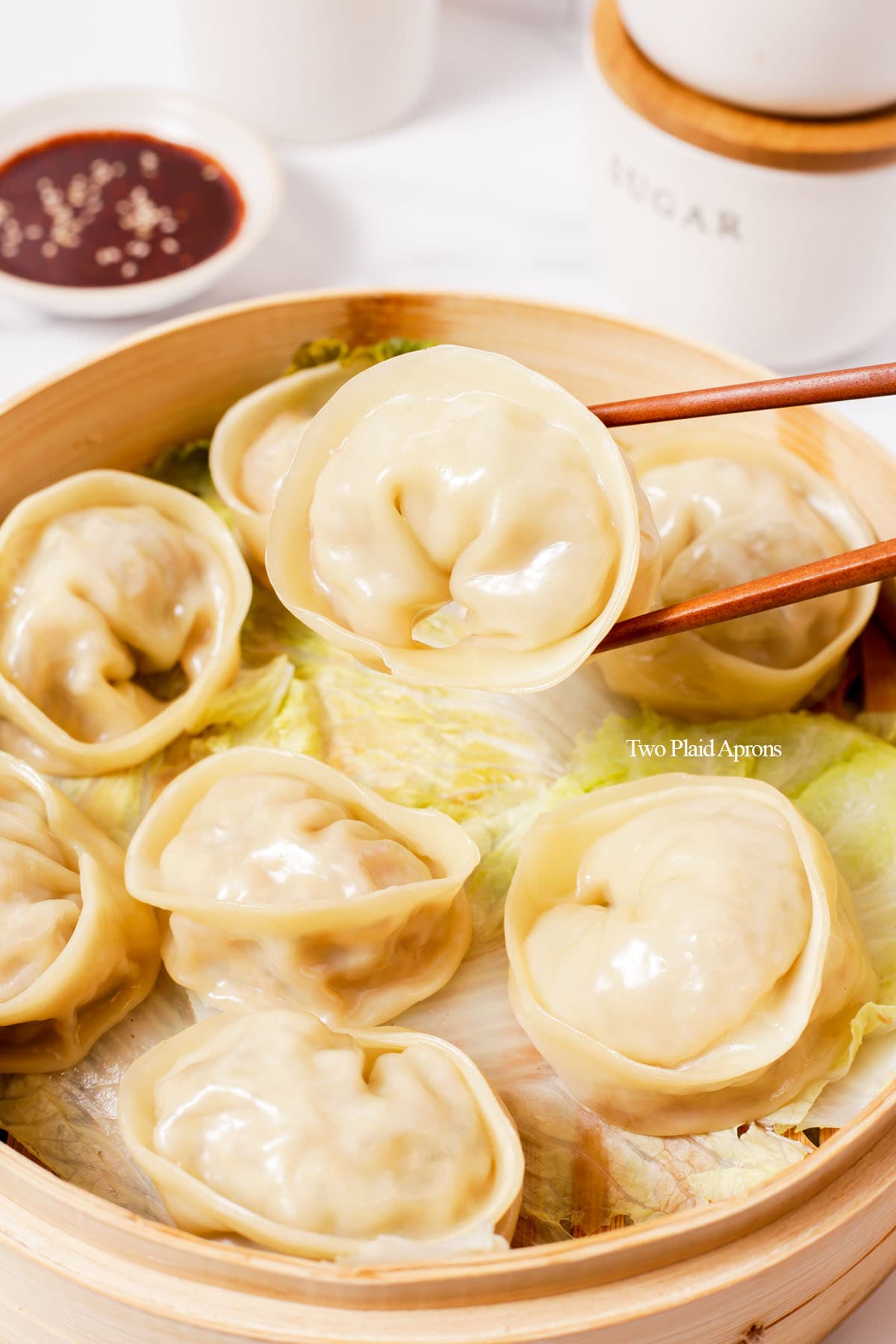
Ingredient notes
Please scroll down to the recipe card for the ingredient quantities!
- Ground pork - We recommend using ground pork with at least 30 percent fat. Having a good ratio of fat helps to ensure that the pork stays tender and juicy. The fat also makes the veggies in the dumpling taste more flavorful.
- Cabbage - We recommend green or white cabbage. Don't use purple cabbage! They tend to bleed.
- Tofu - Firm tofu is the best choice for making mandu. Also, tofu is a sponge. It'll absorb all the yummy juice from the dumpling as it cooks, keeping filling juicy and tender.
- Asian chive - We highly recommend using Asian chives if it's available. They are usually available at most Asian markets. These chives adds a very unique and slightly funky flavor to the filling. If Asian chives are unavailable, regular green onions can be used instead.
- Shiitake mushroom - Both fresh or dry shiitake mushrooms can be used. Dry shiitake mushrooms should be rehydrated before using. These mushrooms will make the mandu filling super fragrant, tasty, and gives it an extra meaty texture.
- Sweet potato glass noodles - These noodles are what Japchae (Korean glass noodle sitr fry) is made with. These sweet potato noodles are bouncy with a slight chew and are great at absorbing any flavors and sauces.
- Ginger - Just a little bit of fresh ginger will brighten up the filling and help get rid of unwanted porky flavors.
- Soy sauce, salt, sesame oil - These are the main seasonings for the mandu filling.
- Shaoxing rice wine - Using rice wine is totally option, however, we recommended it because it makes the dumpling filling super fragrant and also helps to get rid of unwanted pork flavors.
- Mandu wrapper - Mandu are often wrapped with extra large dumpling wrappers. These wrappers are also a bit chewier than regular dumpling wrappers since they are partially made with rice flour. Mandy wrappers can usually be found at most Korean markets and some Asian markets in the freezer aisle, where regular dumpling wrappers are found.
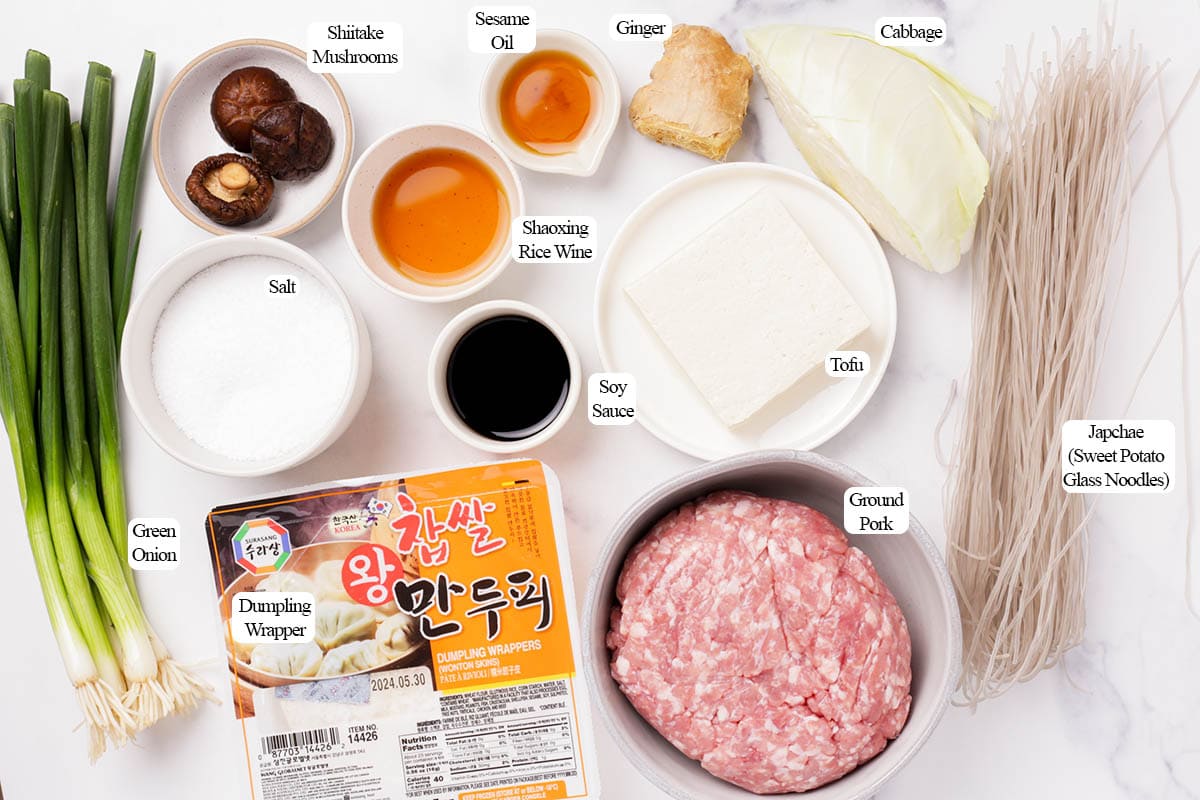
How to make mandu (Korean dumplings)
Please scroll down to the recipe card for the full recipe and instructions!
1. Salt the cabbage. Toss the chopped cabbage with salt and set aside for 10 to 15 minutes as you prepare the other ingredients. Occasionally mix the cabbage so that everything is salted evenly. After salting, squeeze the cabbage to remove excess moisture.
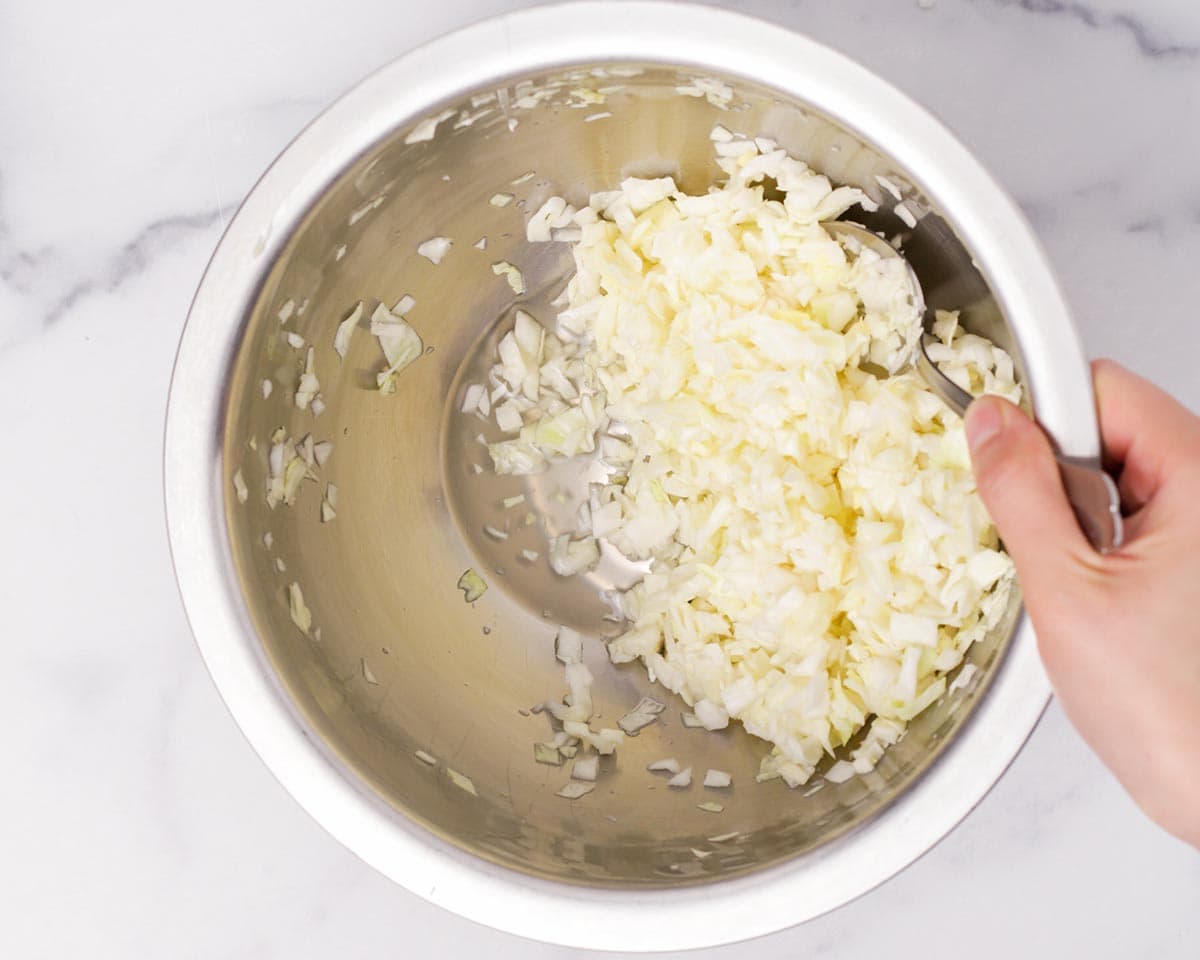
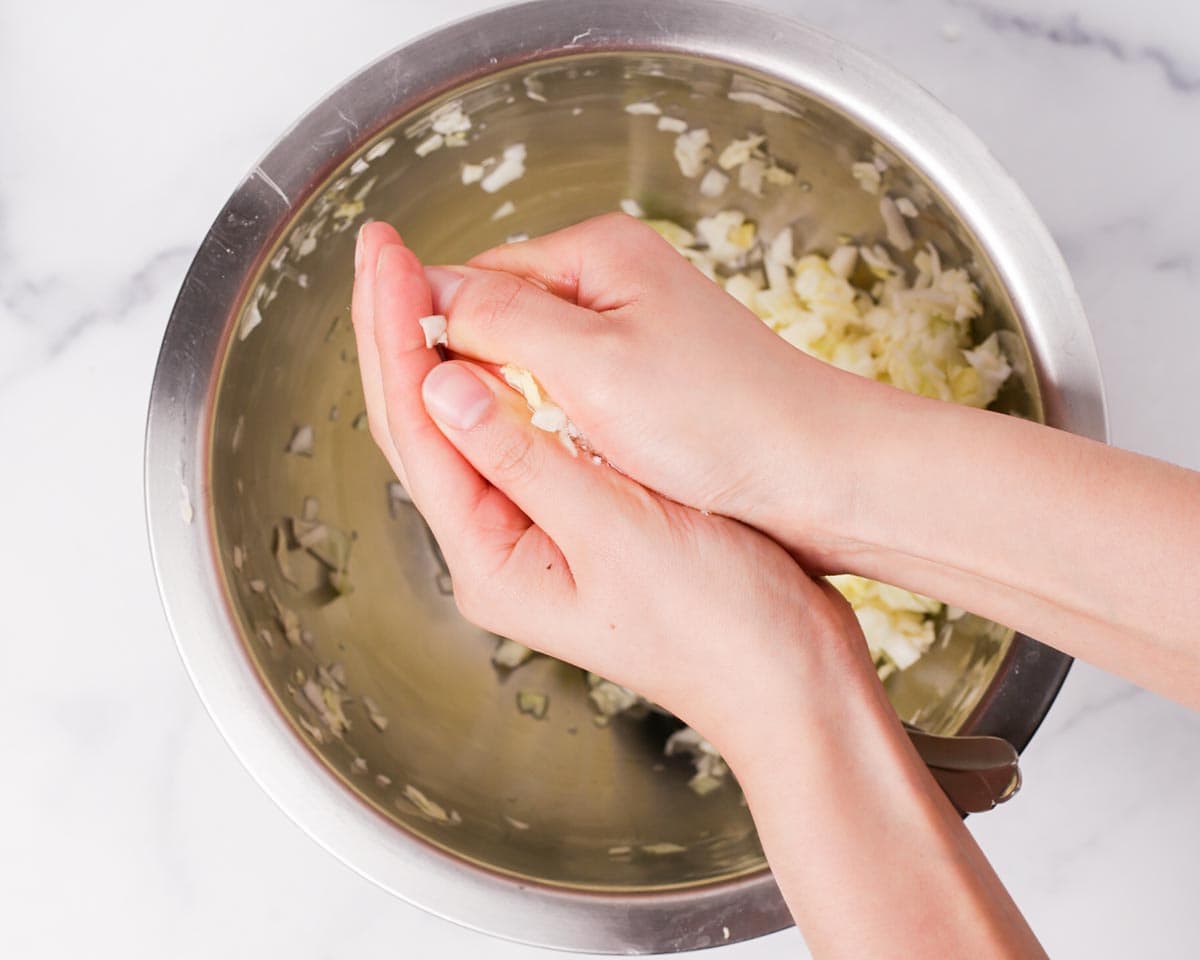
2. Prepare the ingredients. Shiitake mushrooms need to be rehydrated first if using dried ones are used. Sweet potato noodles need to be boiled according to package instructions, then drained and rinsed well. Also, cut the noodles into shorter pieces for easier handling and eating. Lastly, the tofu needs to be pat dry with paper towels, then crumbled into smaller pieces.
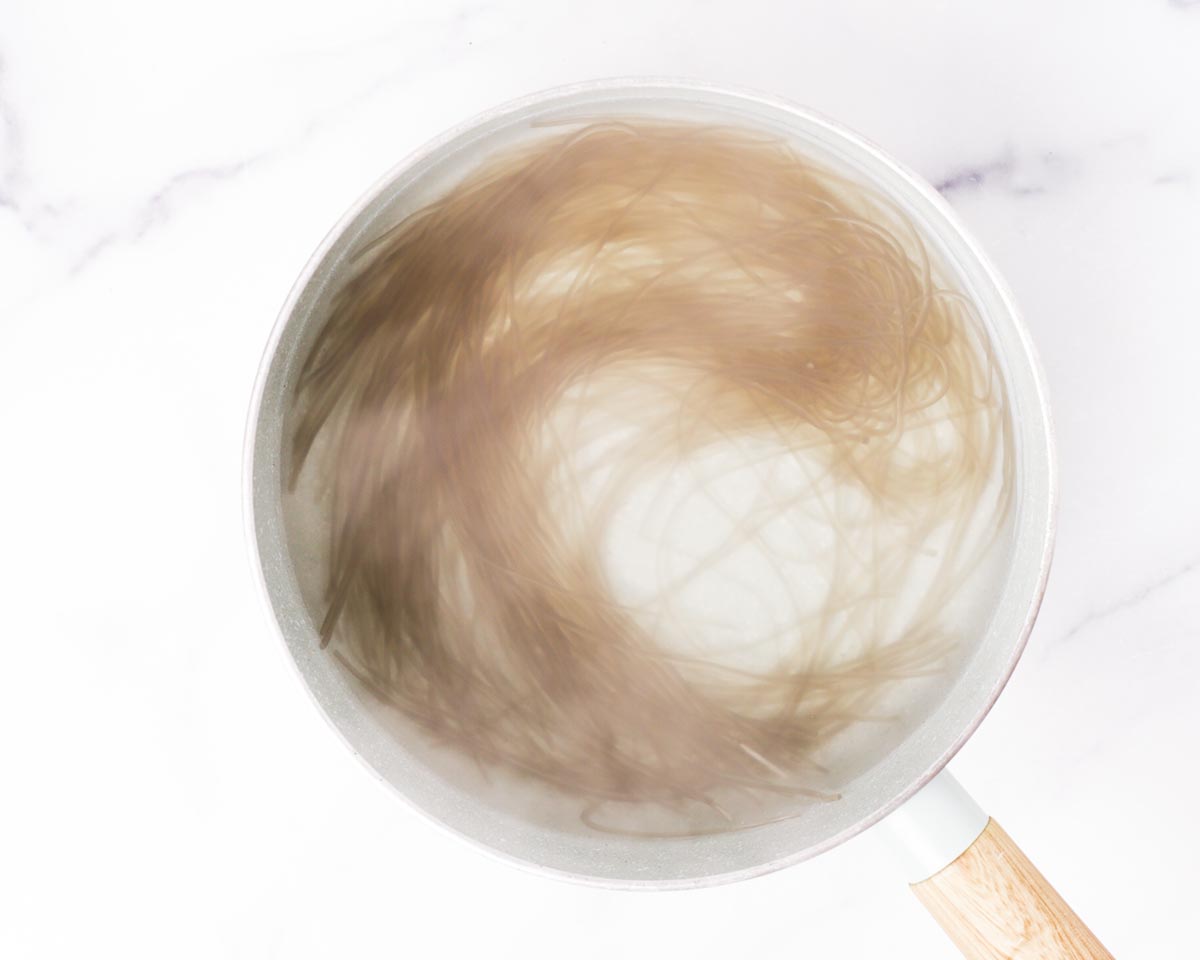
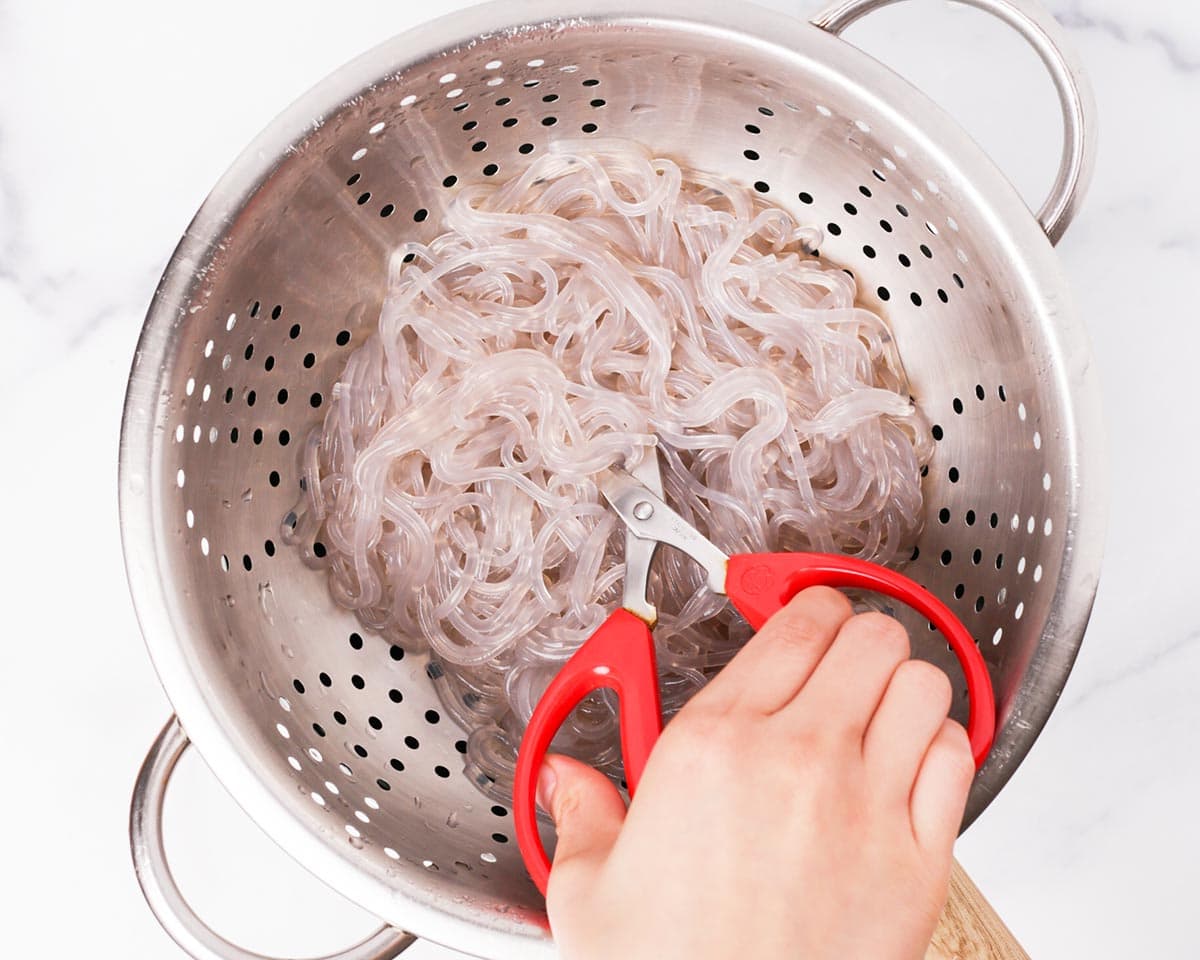
3. Make the filling. Squeeze the salted cabbage to remove excess moisture and transfer to a large mixing bowl. Add the remaining filling ingredients (ground pork, mushrooms, chives, noodles, tofu, and ginger). Season with soy sauce, salt, rice wine, sesame oil and mix until everything is well combined and the filling looks a little pasty.
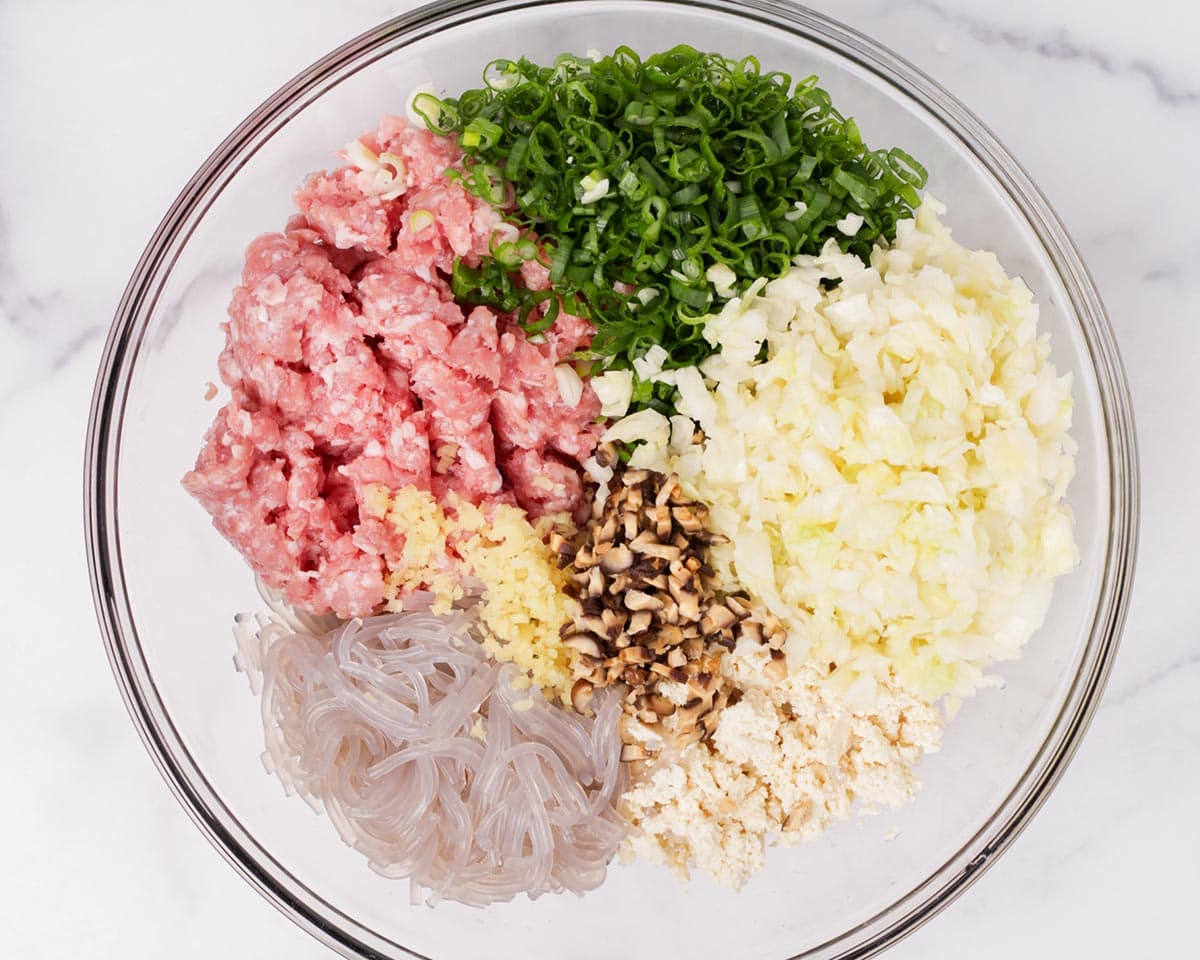
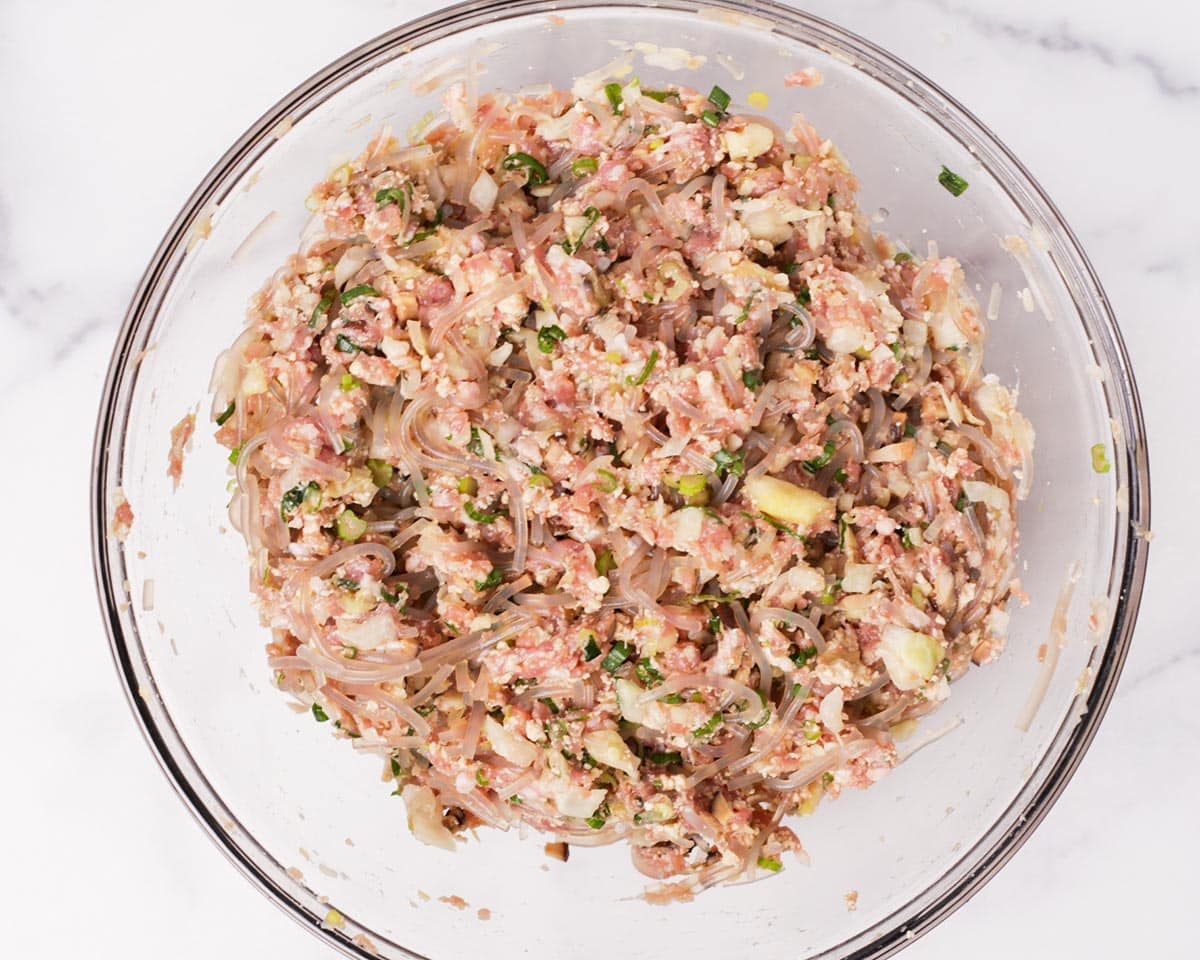
2 easy ways to wrap mandu
Half-moon fold:
This folding method is good for any of the four cooking methods (see the next the next topic). However, it's the best for deep frying and pan-frying.
Place the filling in the middle of the wrapper and wet the entire edge of the wrapper with water. Fold the wrapper up, like a taco, and pinch the edges together to seal.
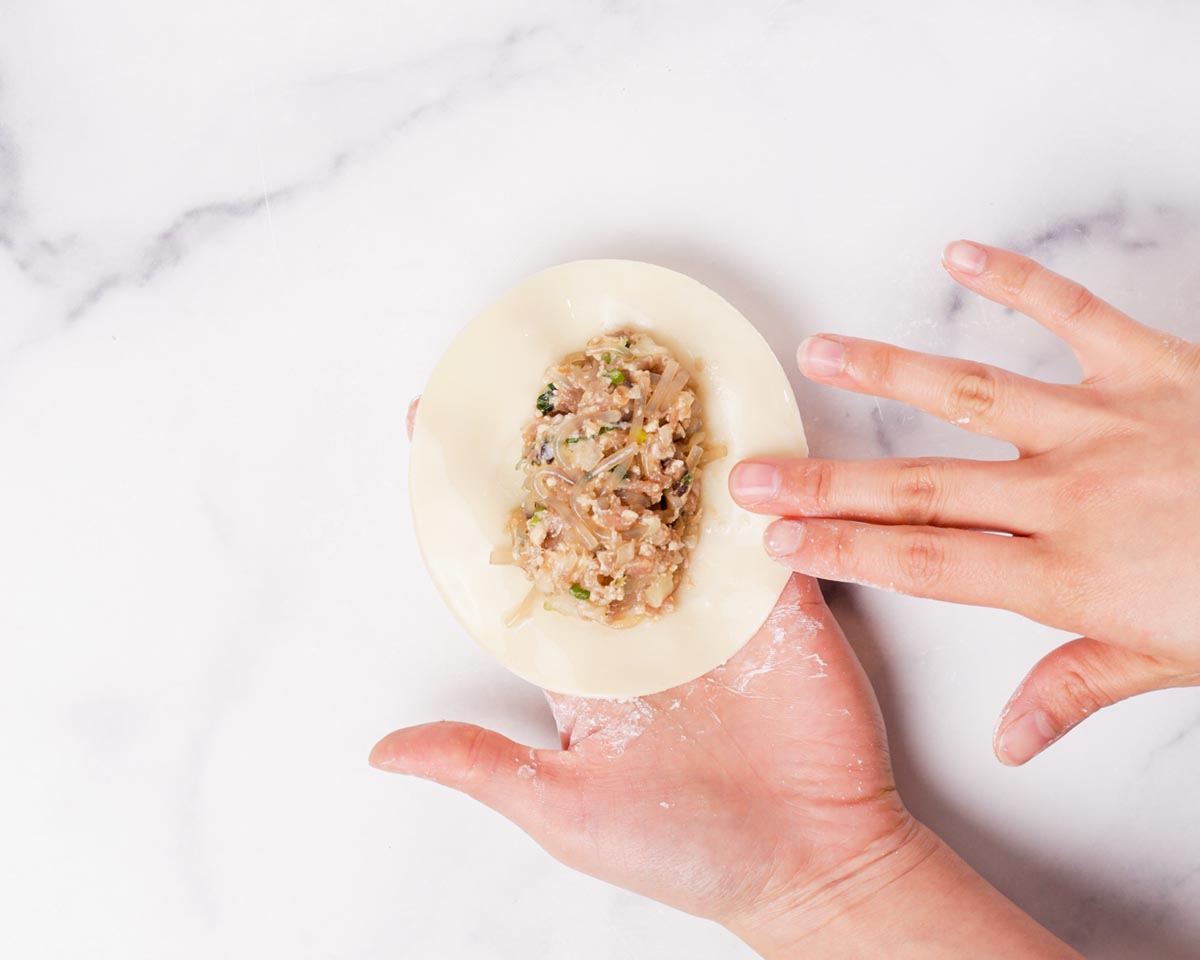
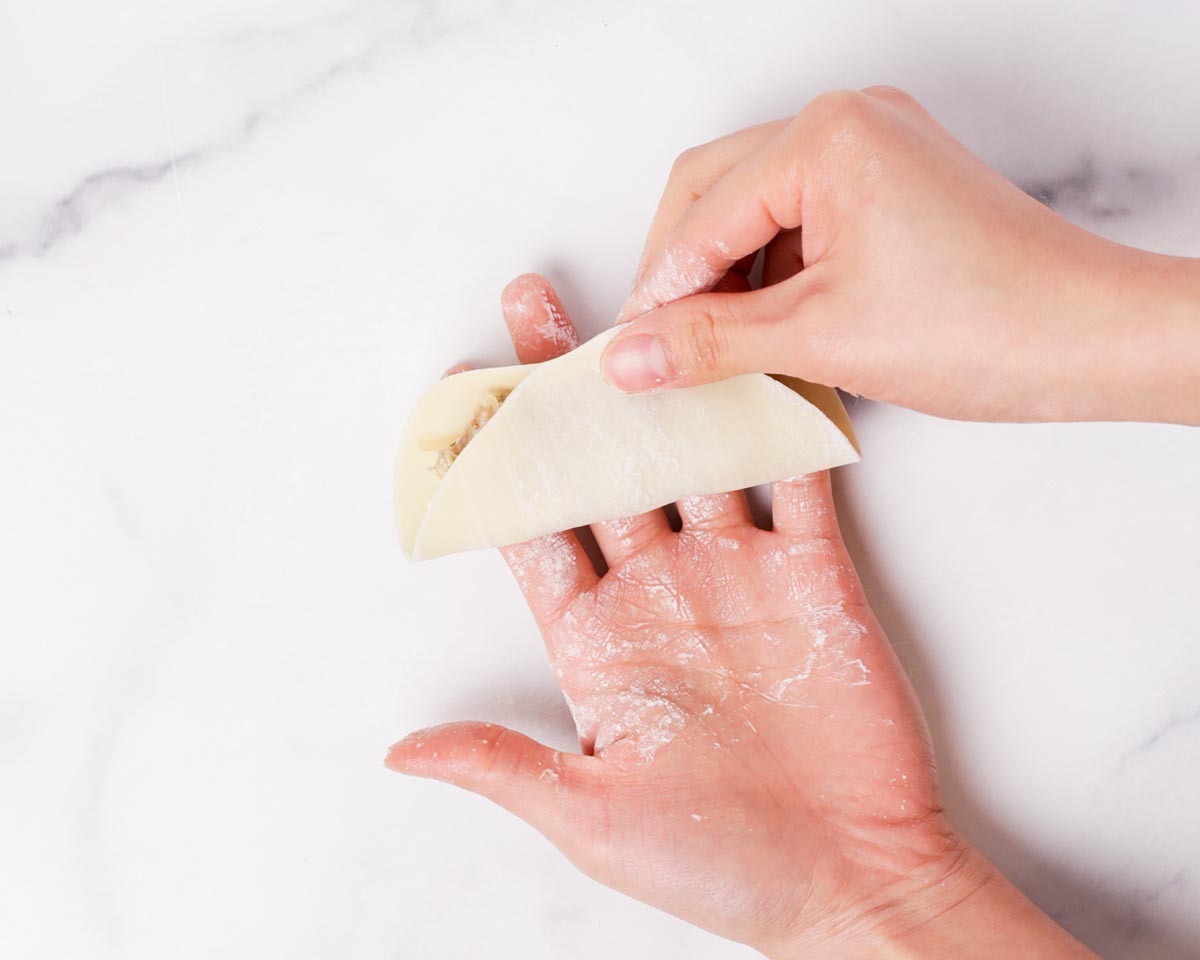
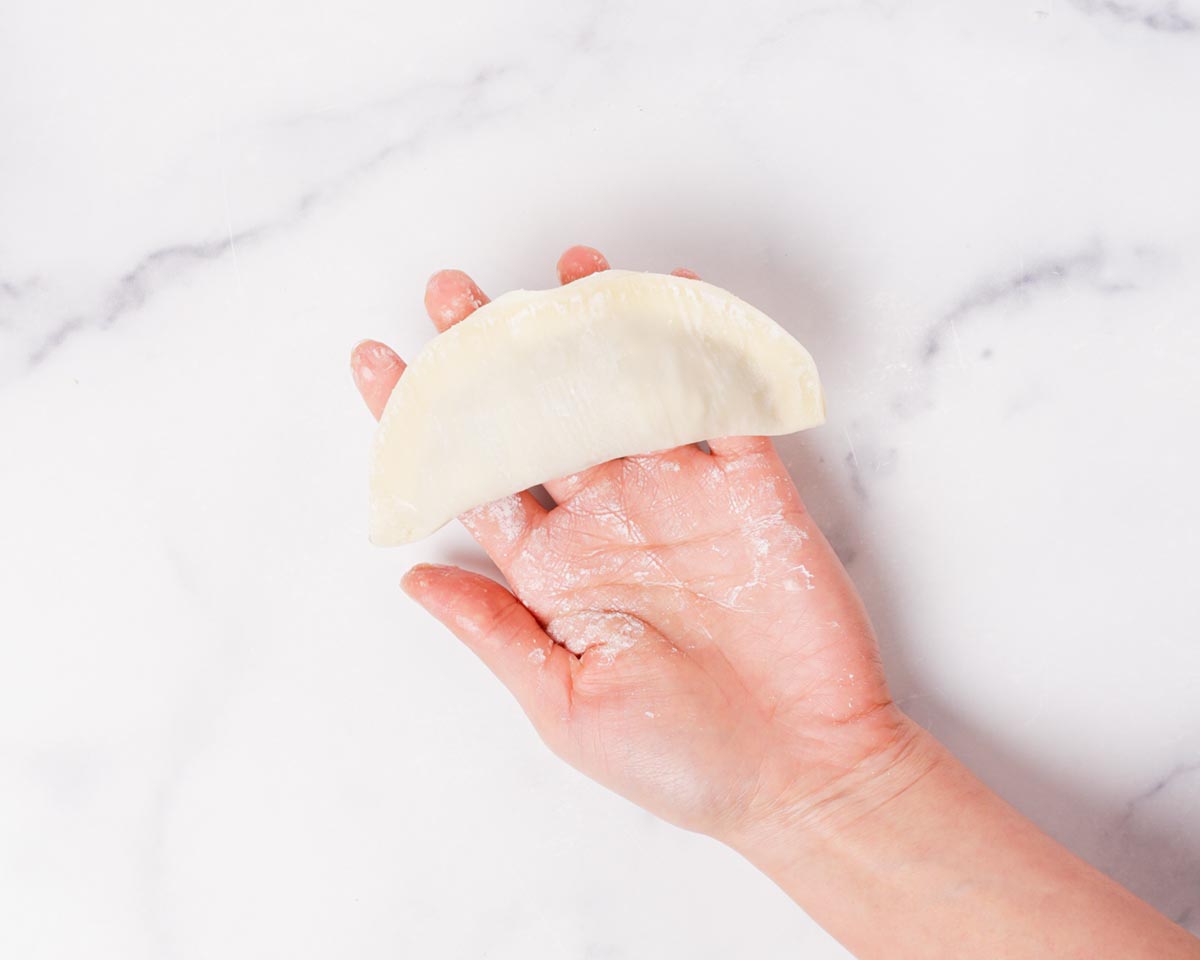
🌟 Pro tip: Squeeze the edge of the wrapper between your thumb and your pointer finger's knuckle. This makes the edges of the wrapper thin, which helps it cook faster and makes it extra crispy when frying. It'll also give the mandu a nice crimped look.
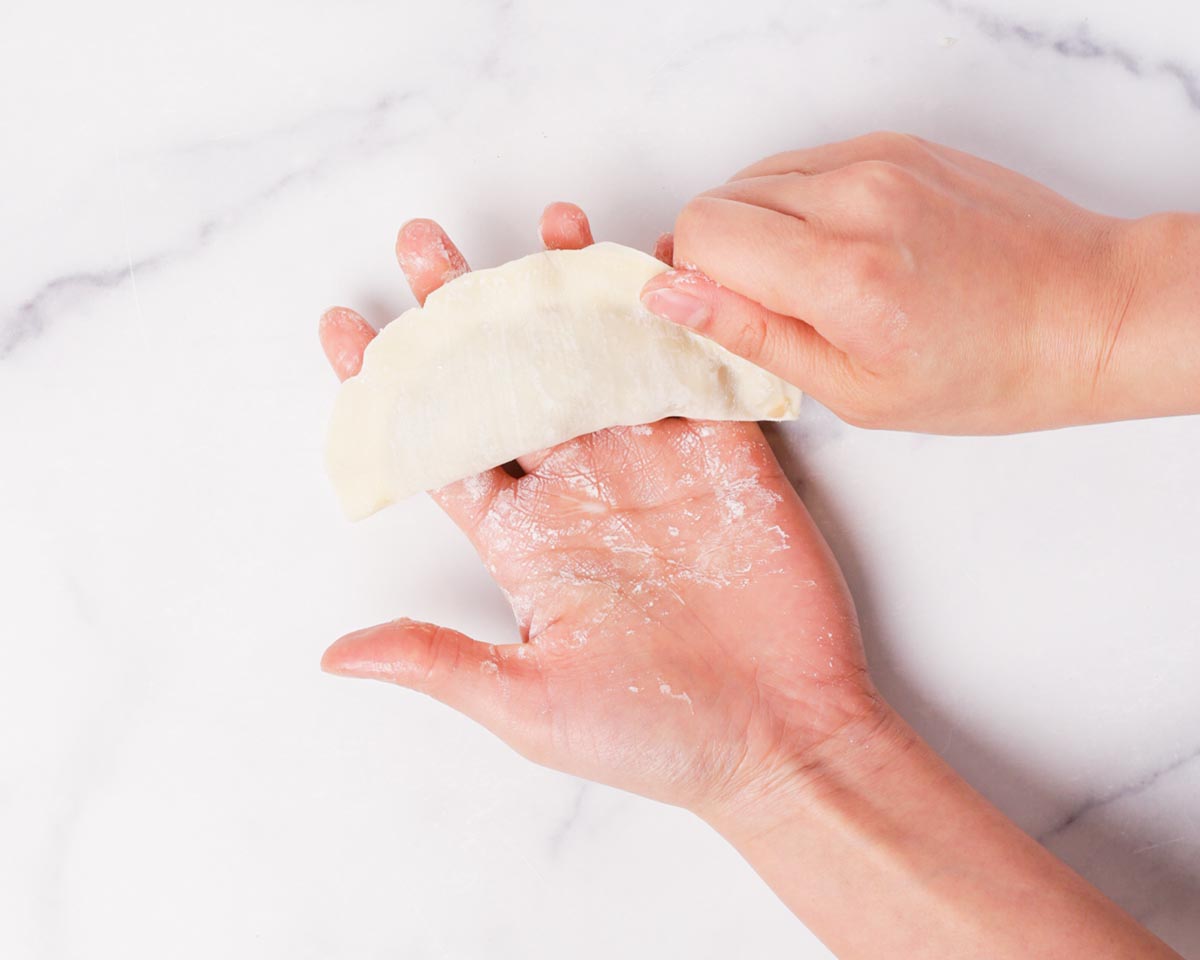
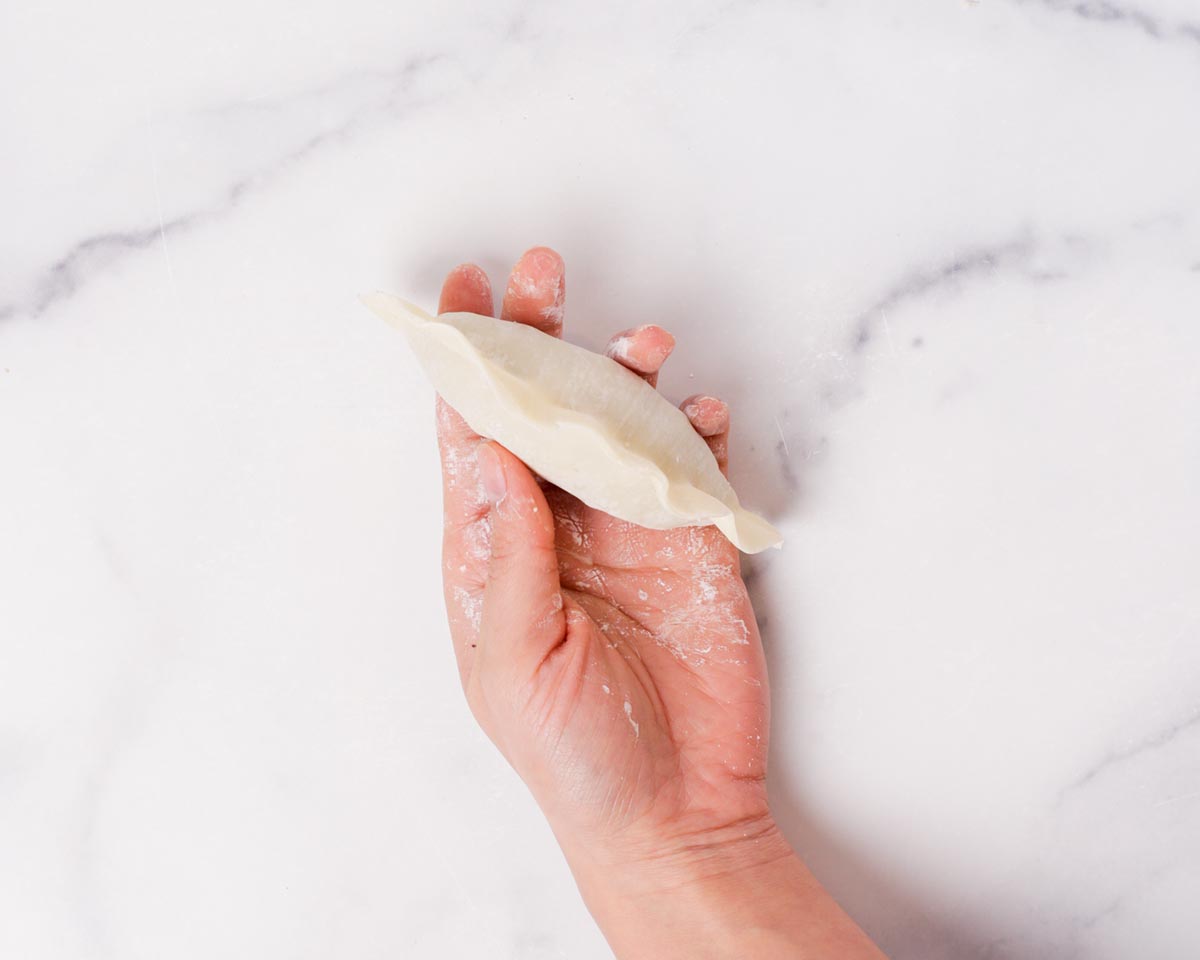
Classic mandu fold:
This folding method is best for steaming and boiling, since the wrapper is overlapped and the mandu filling is more compacted.
Wrap the mandu as you would a half-moon fold (like above). However, only firmly pinch the edges to seal. Don't follow the pro tip.

Next, wet one corner of the half-moon mandu with some water. Then, bring the other corner over and pinch the ends of the wrapper together. Make sure to pinch firmly so that the wrappers stick together or the mandu may unravel when it cooks.
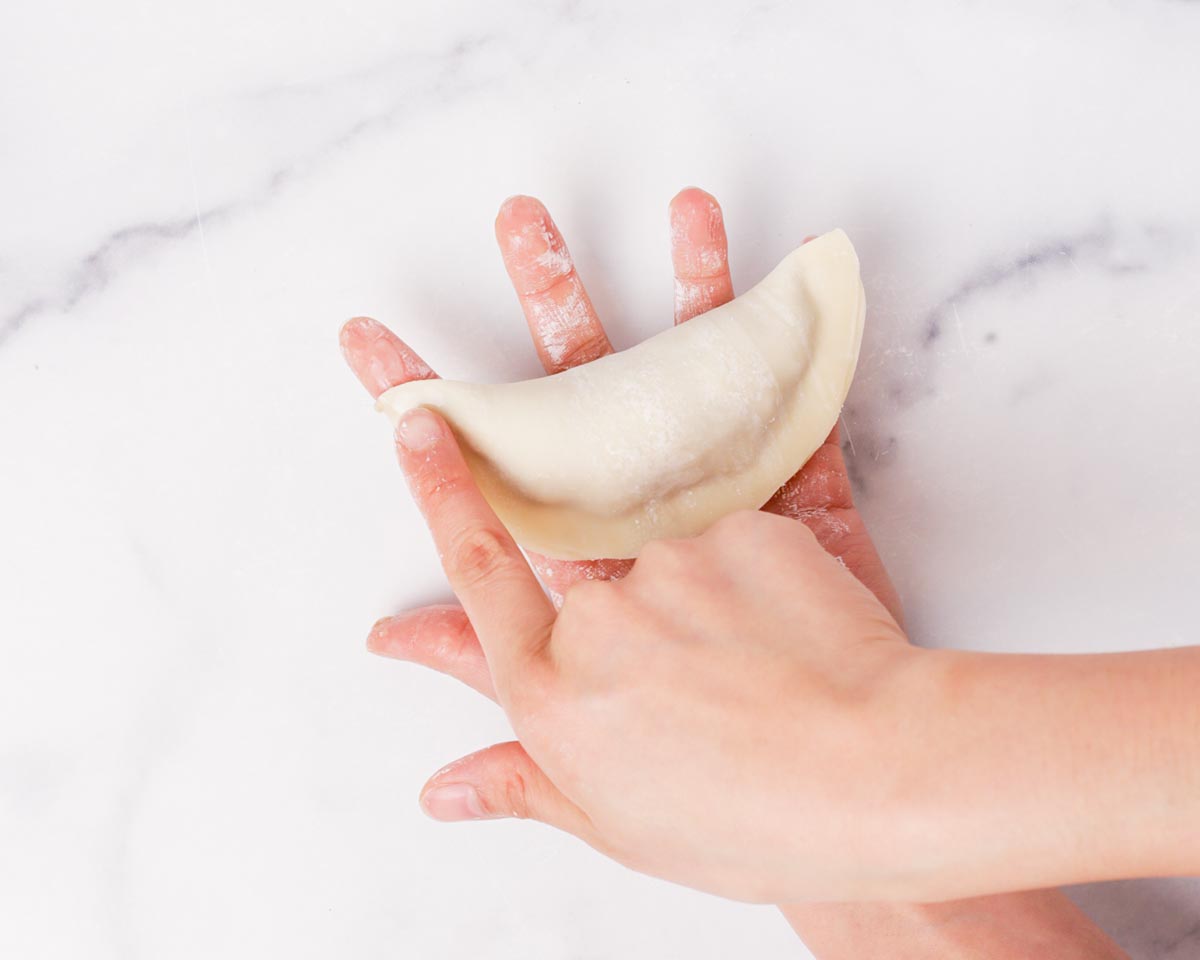
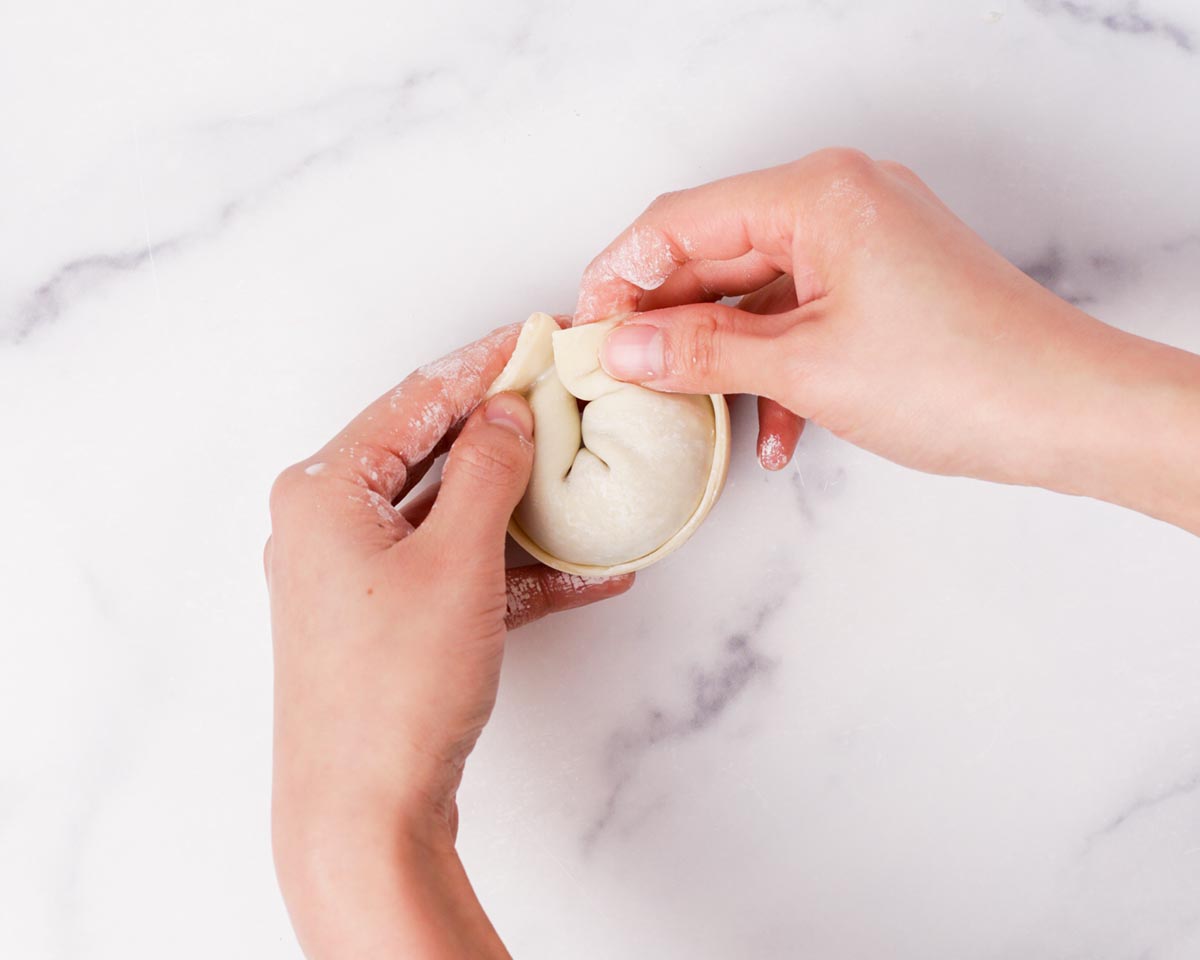
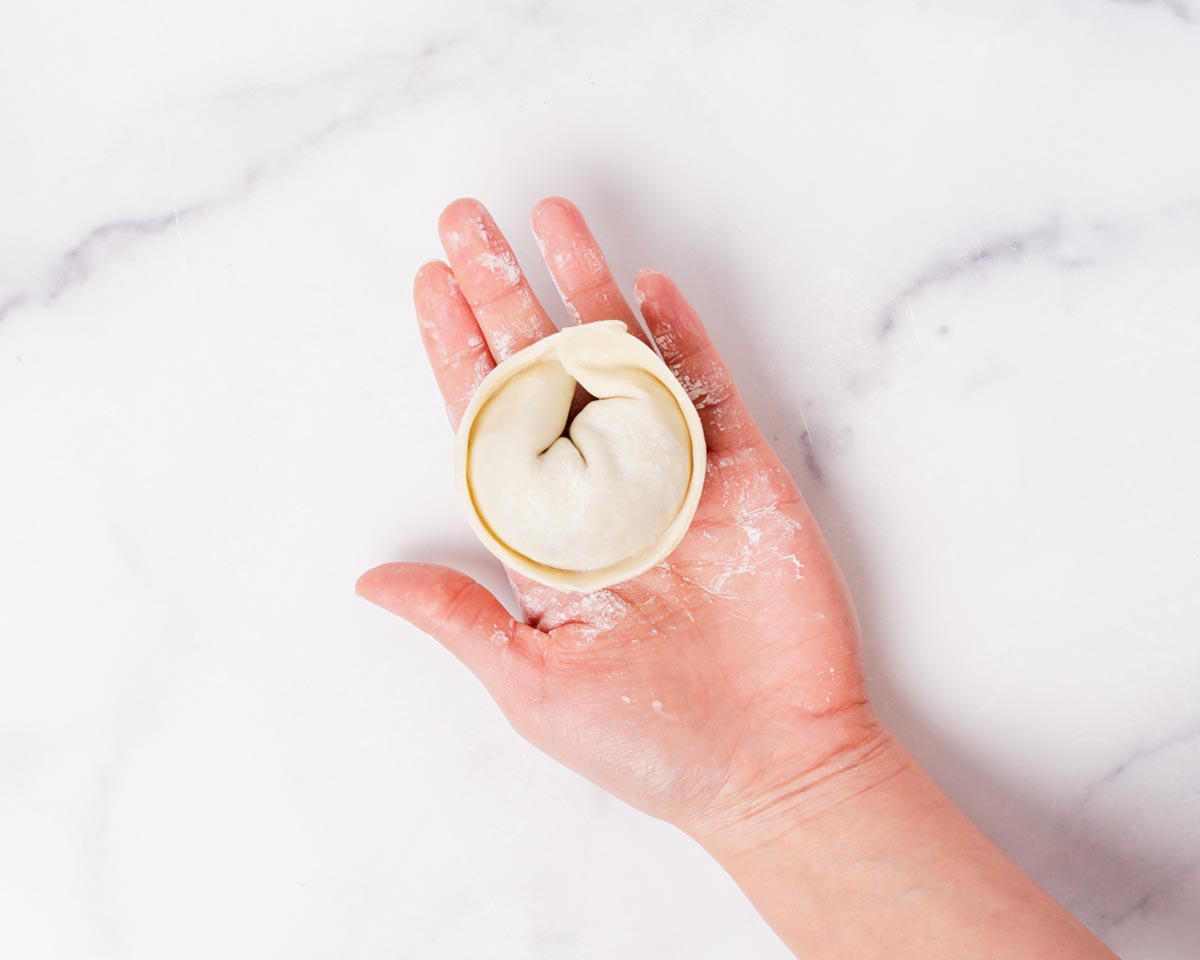
Mandu cooked 4 ways
Steamed (jjin-mandu): Arrange the mandu in a steam basket lined with perforated parchment or napa cabbage. Place the steam basket over a couple inches of boiling water, then reduce the heat to keep the water at a high simmer. Let the dumplings steam for 10 to 15 minutes.
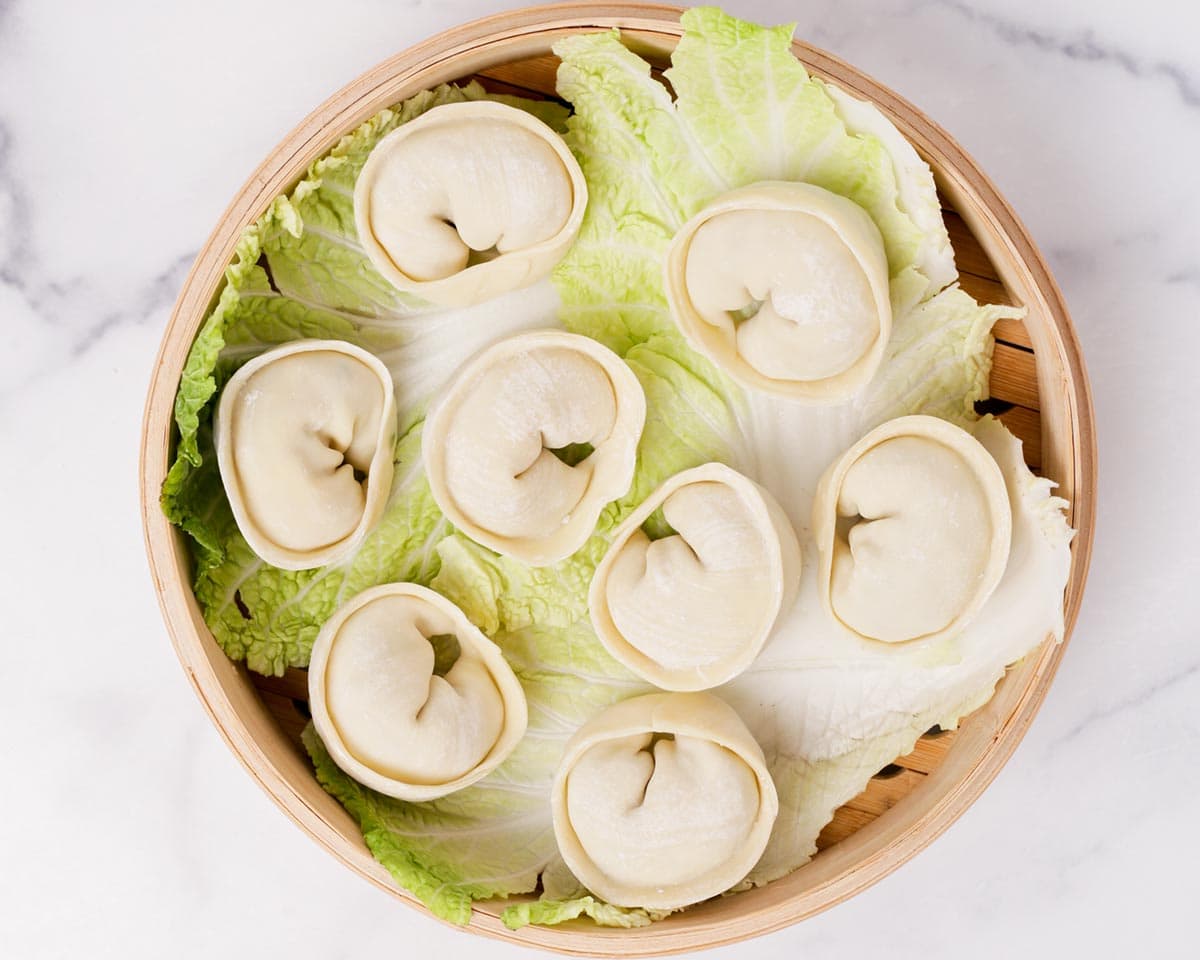
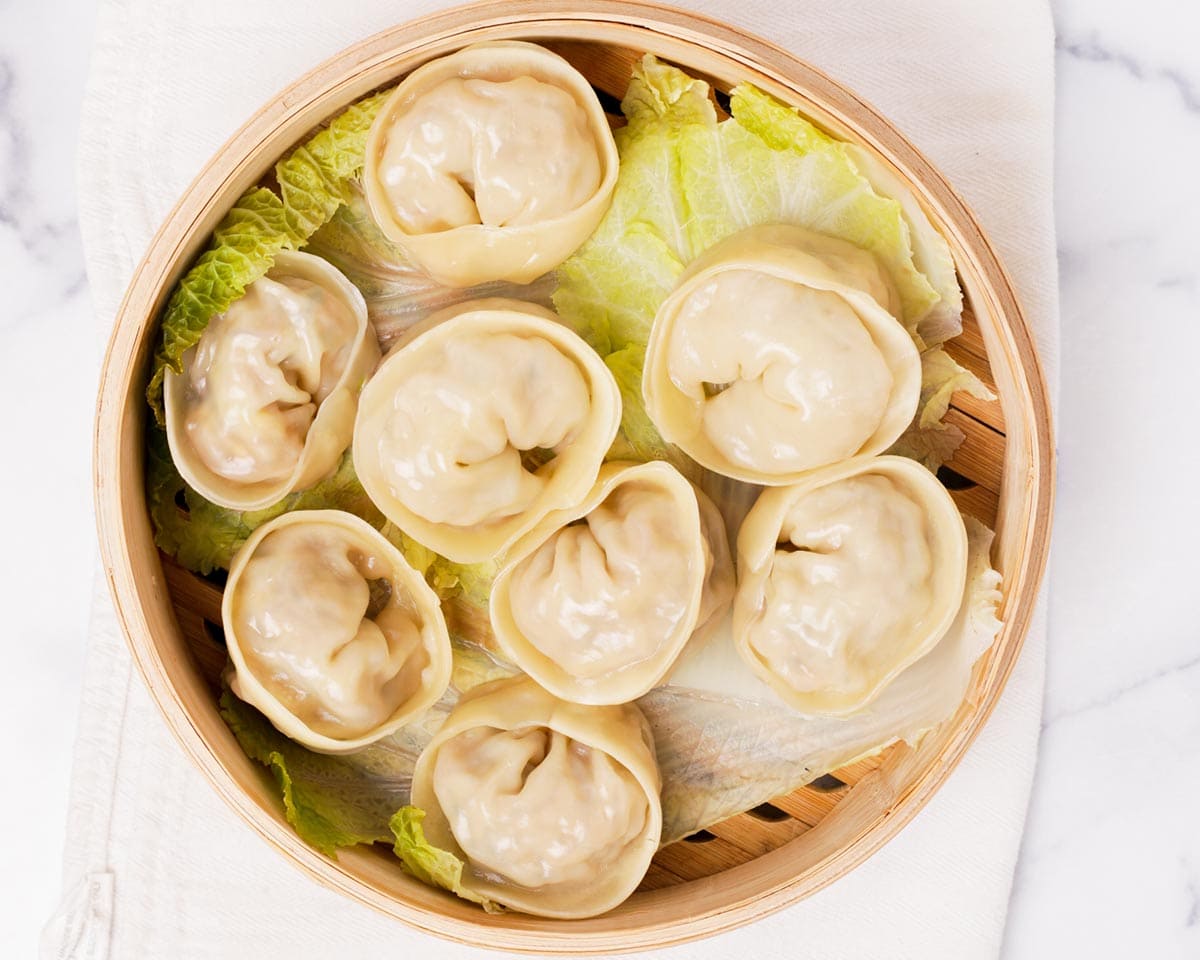
Boil (mul-mandu): Bring a pot of water to a boil and gently place the mandu into the water. Boil the dumplings for about 6 to 8 minutes, or until cooked through.
Pan-fry (gun-mandu): In a nonstick pan over medium heat, add enough oil to cover the bottom of the pan. Place the mandu into the pan and cook each side for about 2 to 3 minutes, or until the outside is golden brown and the filling is cooked through.
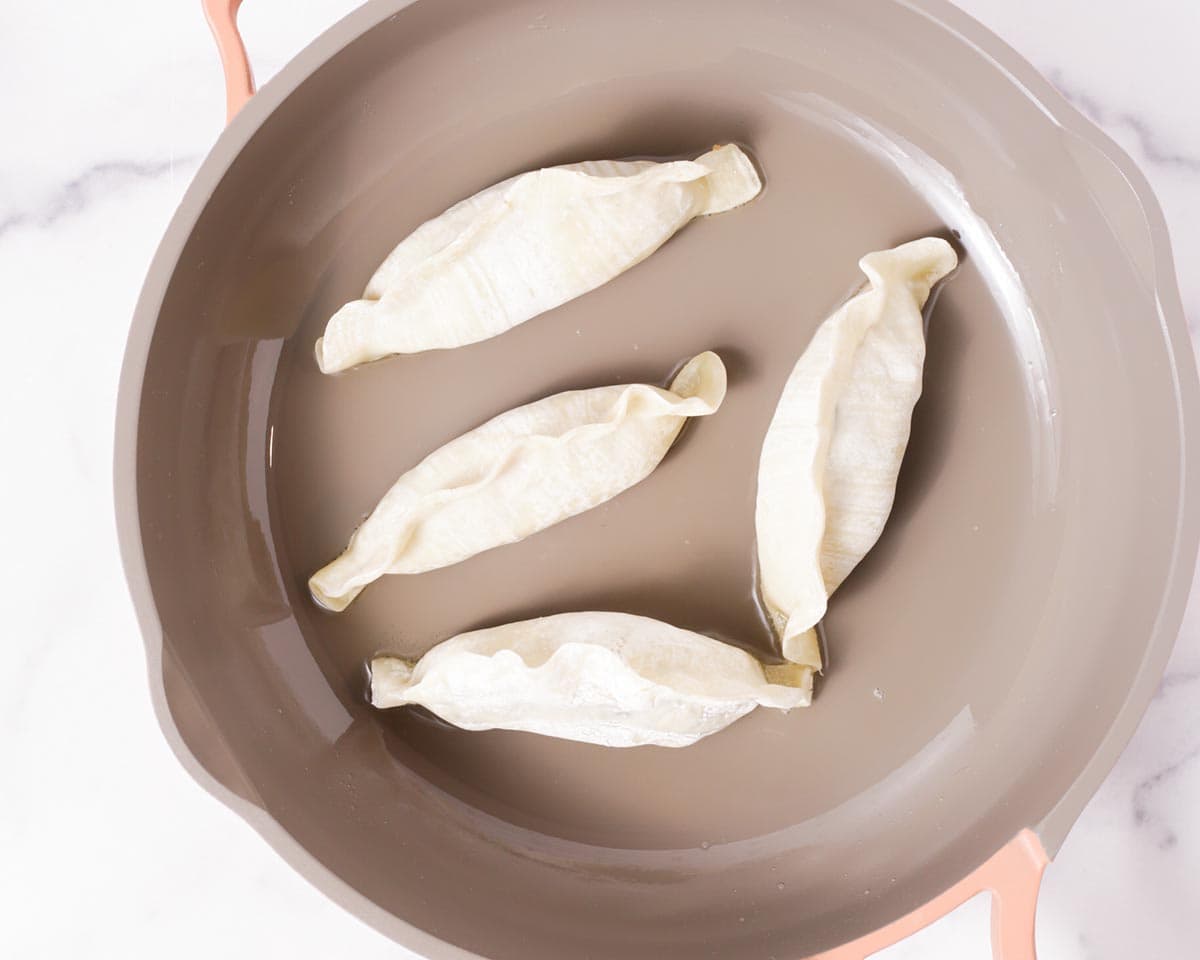
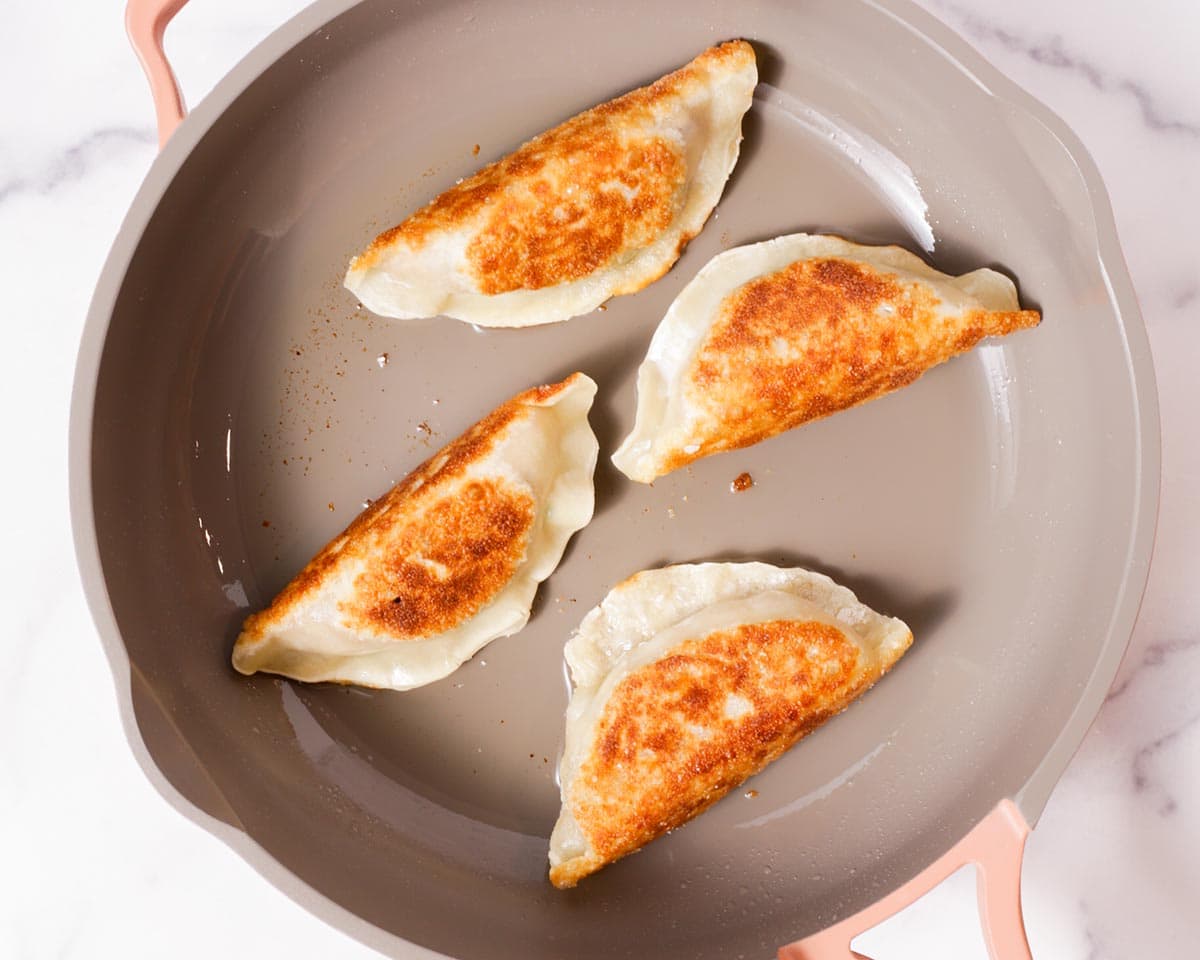
Deep fry (tuigin-mandu): Heat 2 to 3 inches of oil to 350°F and add the dumplings. Fry the dumplings for about 5 minutes, until they are golden brown on the outside and the filling is cooked through.
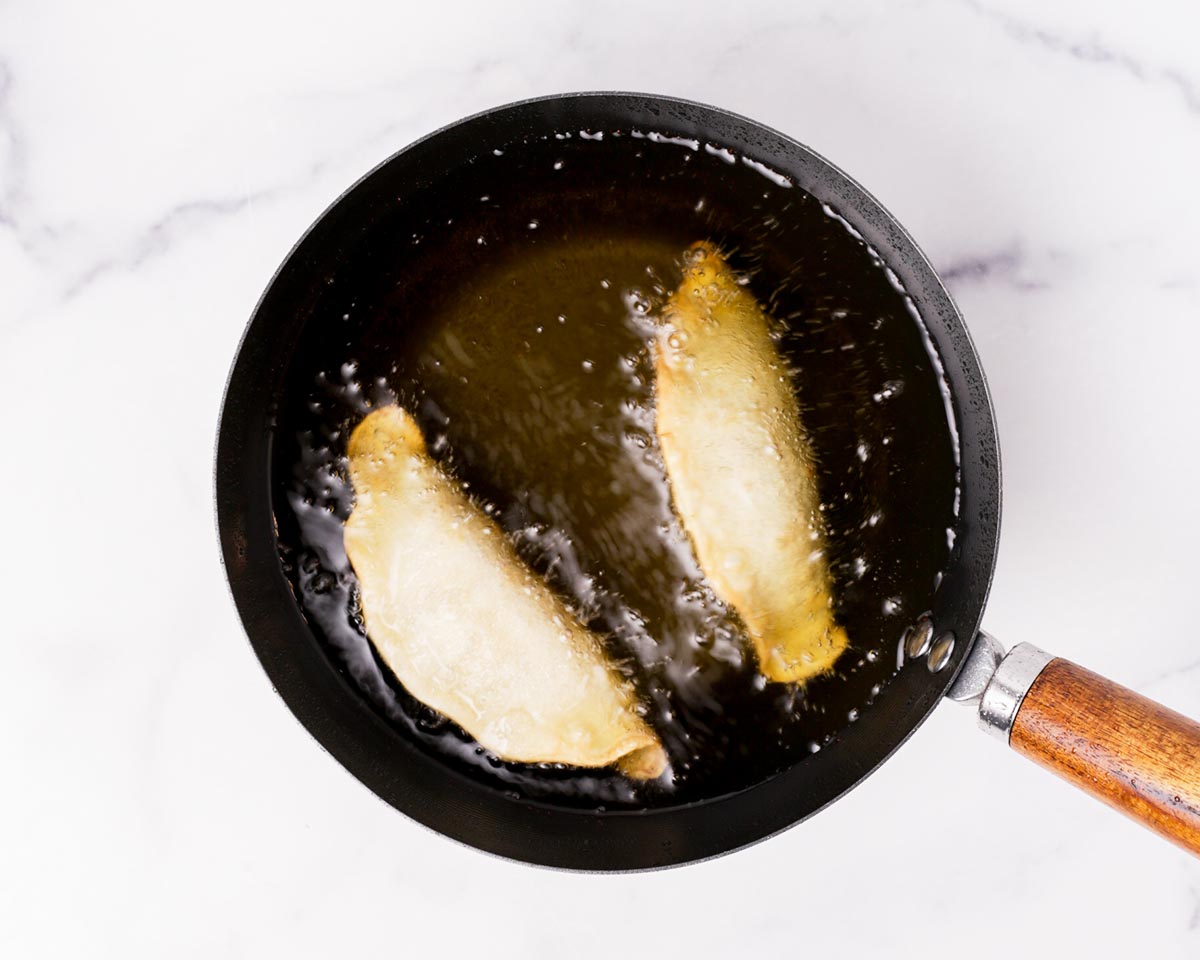
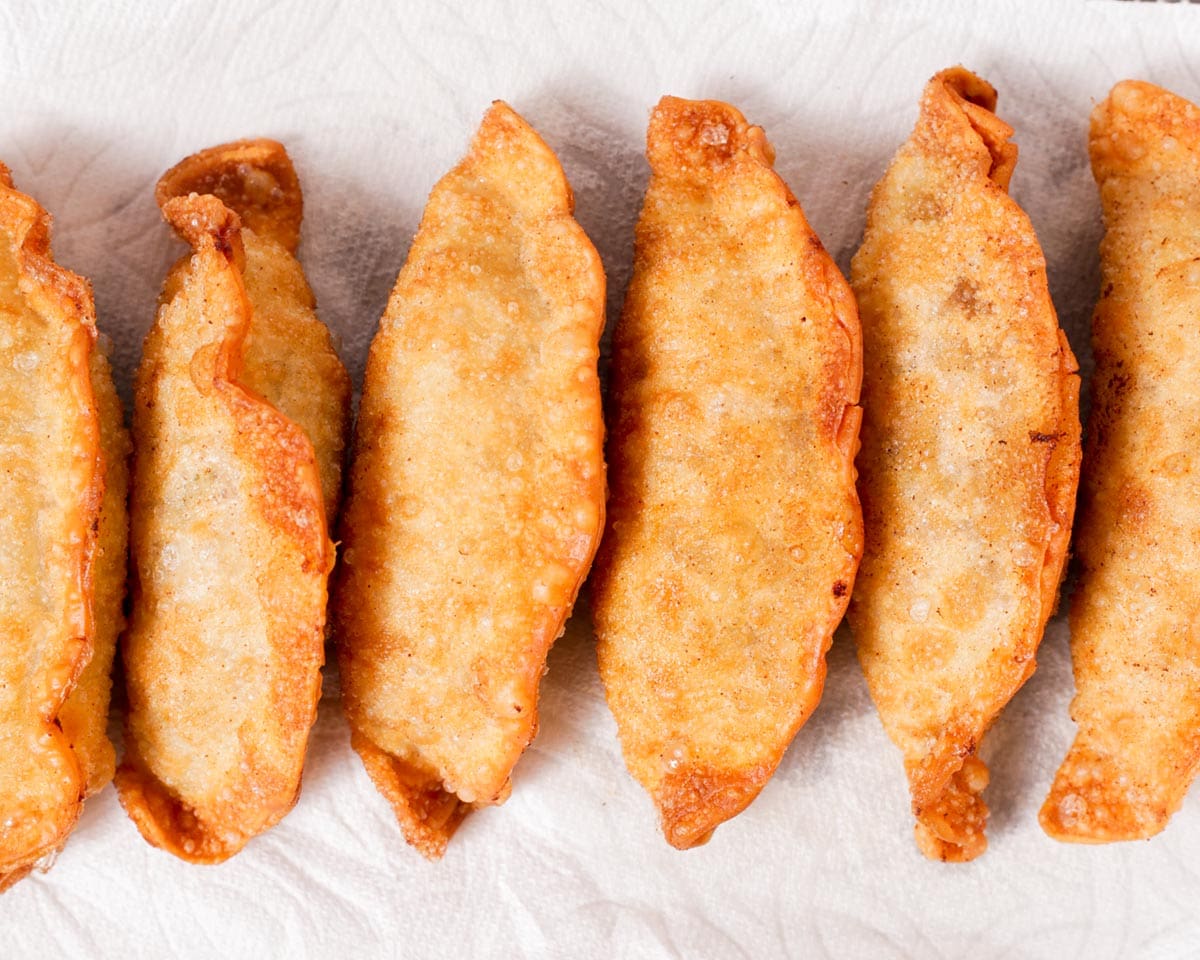
🌟 Pro tip: How many dumplings you can put into the oil at a time, depends on how much oil you are using. Putting too many dumplings into the oil can cause the oil temperature to drop significantly, which will result in soggy, greasy dumplings.
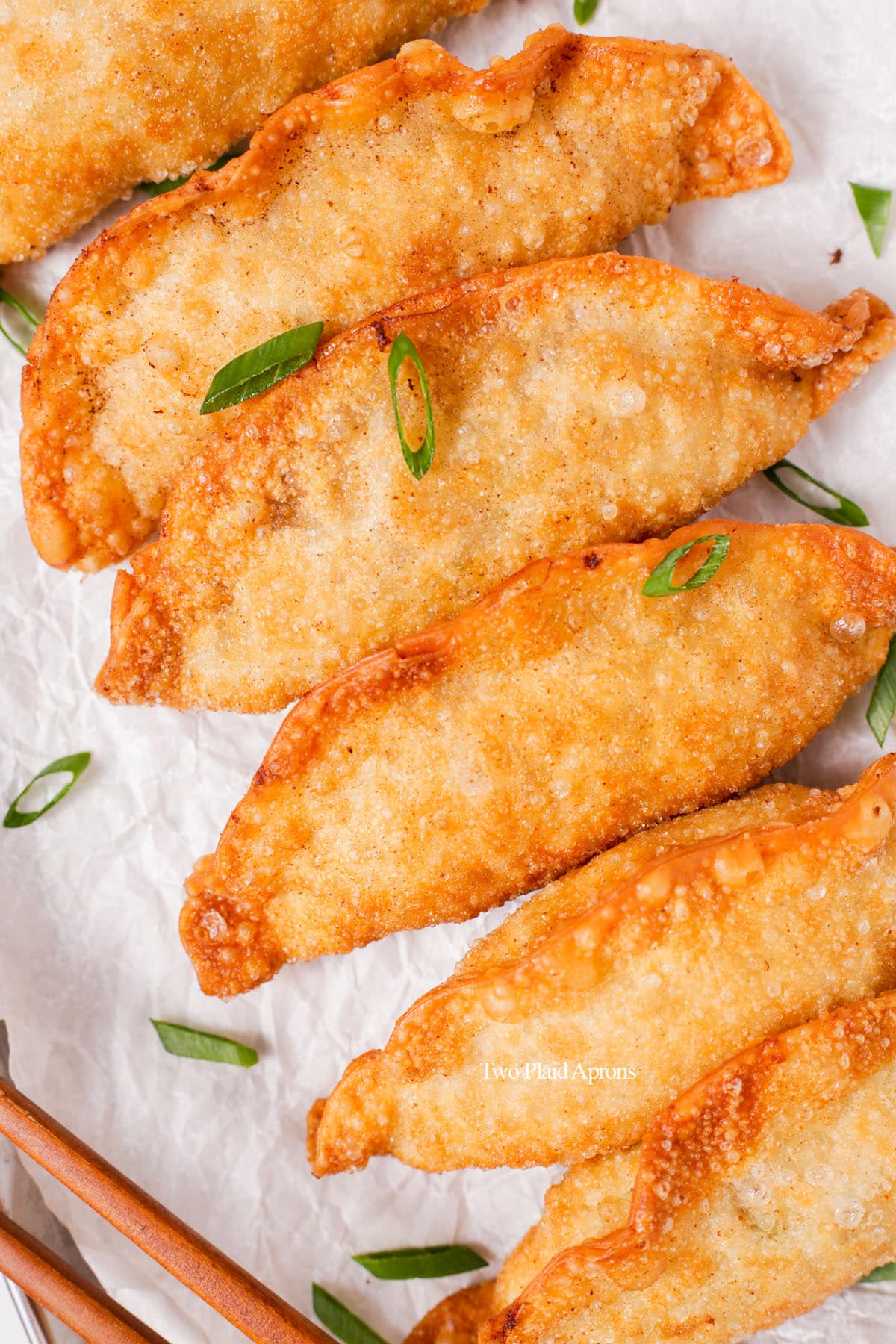
Recipe tips
- Remove excess moisture from the filling. It is very important to remove excess moisture from the cabbage, tofu, and glass noodles before adding them to the filling. This will prevent the mandu filling from becoming under seasoned and keep the mandu wrapper from become soggy.
- Rinse the sweet potato glass noodles. Once the sweet potato noodles are cooked, drain and rinse with cold water to wash away the excess starch to prevent the noodles from sticking together. Rinsing with cold water will also help keep the noodles chewy and bouncy.
- Keep the mandu covered while wrapping. While assembling the mandu, cover the finished ones with a damp towel. This will prevent the wrappers from drying out. We highly recommend it if you are new to wrapping dumplings.
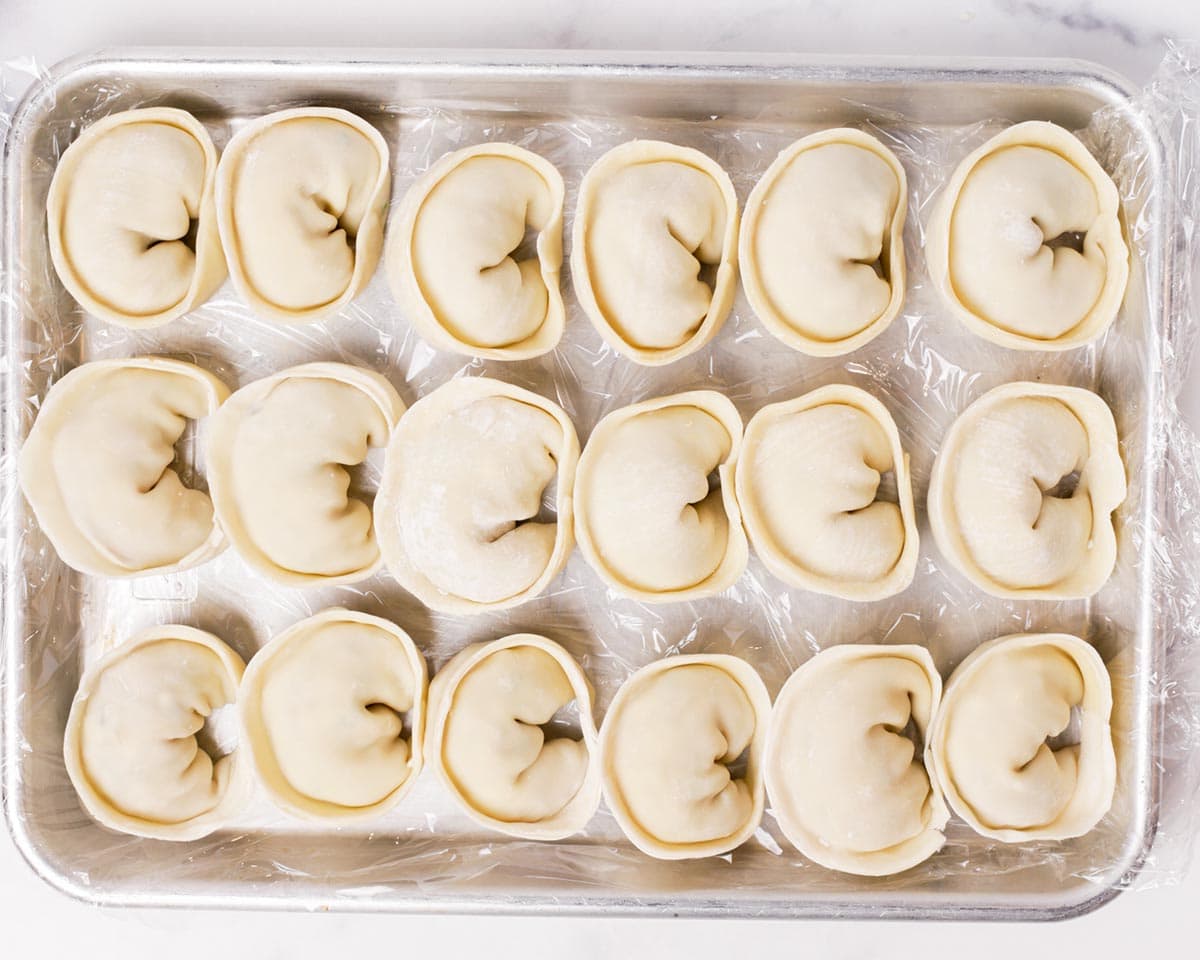
Storage
Leftover, cooked mandu can be stored an airtight container in the fridge for up to 3 to 4 days. Just make sure to let the dumplings cool completely before storing.
Uncooked mandu freezes really well. They can be frozen for up to 2 to 3 months. So if you do not use all of the dumplings in one recipe or if you are making a larger batch, arrange the dumplings on a freezer safe plate or sheet pan lined with cling wrap. Leave some space between each dumpling so that they don't stick together and freeze them for 3 to 4 hours, until they are solid. Then, transfer them into freezer bags. To cook frozen mandu, simply extend the cooking time. DO NOT thaw the dumplings.
DO NOT refrigerate uncooked mandu. The humidity in the fridge and the filling will make the mandu wrappers soggy and too sticky to handle.
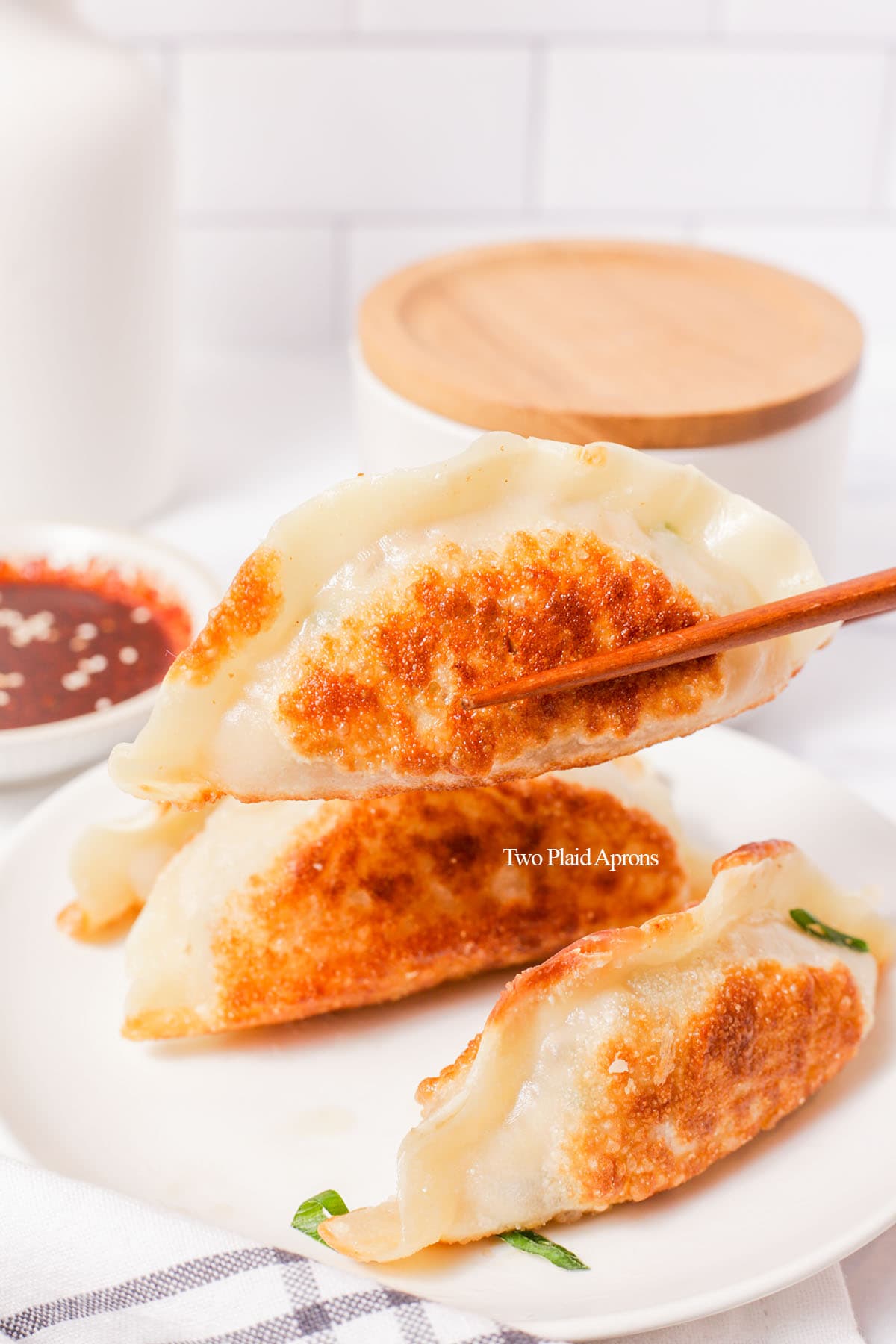
Reheating
Steamed and boiled mandu can be reheated by steaming, briefly boiling in water, or microwaving until hot.
Pan fried mandu can be reheated in a pan over medium heat with a few tablespoons of water. Cover the pan with a lid so the dumplings can steam. However, do note that the dumpling won't be as crispy as freshly made ones.
Deep fried mandu is best enjoyed fresh, for the juiciest filling and crispiest wrapper. To reheat, either microwave until heat through or air fry them for about 5 minutes, or until hot, at 325°F.
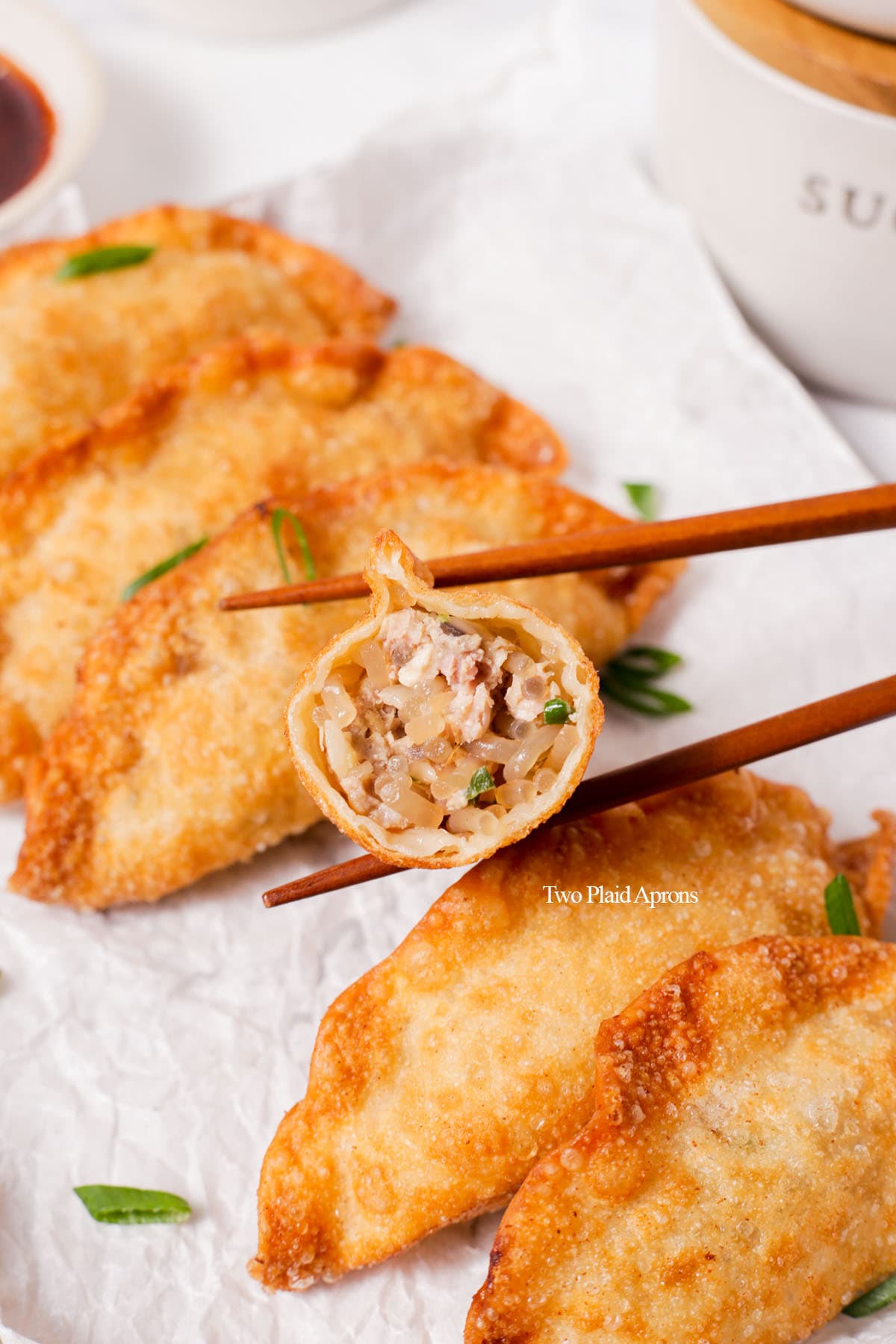
FAQs
The Shaoxing rice wine can be omitted if you do not have it or if you do not wish to use alcohol. We recommend it to make the mandu filling more fragrant and to get rid of any unwanted pork flavors. However, it is not absolutely needed.
Unlike regular dumpling wrappers, mandu wrappers are made with glutinous rice flour. This gives the wrappers an extra chewy, but tender texture. Also, mandu wrappers are often offered in extra large sizes to make extra larger dumplings. But do keep an eye out! Because you can easily mistake the smaller ones for the extra large ones, or vice versa.
Korean mandu are filled with ground pork, tofu, sweet potato glass noodles, also known as japchae noodles, and a variety of veggies like mushroom, cabbage, and bean sprouts. But it would not be uncommon to also find variations with beef, seafood, or vegetables only.
If you’ve made this recipe or any recipes from our blog, please tag us on Instagram using #twoplaidaprons! You can also tag us in your Instagram stories using @two_plaid_aprons. We would love to see your creations! It absolutely makes our day! 🥰
📖 Recipe
Mandu (Korean Dumplings) - 4 ways
Ingredients
For the mandu:
- 8 ounces green cabbage finely chopped (about ¼ of a cabbage)
- 3 ounces sweet potato glass noodles also known as japchae noodle
- 1 pound ground pork
- 4 ounces firm tofu
- 2 ounces Asian chives sliced (or green onion)
- 3 fresh shiitake mushroom minced (or dry shiitake mushrooms* see notes)
- .5 ounce ginger peeled and minced (about a 1 inch knob)
- 3 tablespoons regular soy sauce
- 2 tablespoon Shaoxing rice wine
- 2 tablespoons toasted sesame oil
- 3 teaspoons kosher salt divided
- 35 extra large mandu wrapper or 60 to 70 regular size wrappers
(Optional) Easy mandu dipping sauce:
- 2 tablespoons regular soy sauce
- 1½ tablespoons white vinegar (or rice vinegar)
- 2 teaspoons granulated sugar or to taste
- 1 teaspoon gochugaru (coarse) or to taste (aka Korean red pepper flakes)
Instructions
Make the mandu filling:
- For the cabbage:Place the finely chopped cabbage in a bowl and sprinkle the 2 teaspoons of salt over it. Give the cabbage a couple of mixes and set aside. Let the cabbage salt for about 10 to 15 minutes, or until there's liquid at he bottom of the bowl. Woking with a handful of cabbage at a time, firmly squeeze to remove excess water. Add the cabbage to the mandu filling.
- For the sweet potato glass noodles:In a boiling pot of water, add the noodles. Boil the noodles according to package instruction until cooked, usually about 10 to 15 minutes depending on the brand. Drain the noodles and thoroughly rinse with cold water until completely cooled. Drain well and cut the noodles into smaller pieces using kitchen shears. Add to the mandu filling.
- For the tofu:Pat the tofu dry using a couple sheets of clean paper towels. Crumble the tofu into small pieces and add to the mandu filling.
- Make the filling:In a mixing bowl, combine the ground pork, salted cabbage, noodles, tofu, chives, shiitake mushrooms, and minced ginger. Season the filling with soy sauce, remaining 1 teaspoon of salt, rice wine, and sesame oil. Mix for a few minutes, until all the ingredients are well combined and the ground pork looks a little paste-like and the filling is holding together.
Assemble the mandu:
- Prepare a bowl with some water and a sheet pan or plate lined with cling wrap or parchment paper.
- Place about 3 tablespoons of filling in the center of the mandu wrapper. Then, dab water all along the edges of the wrapper. Fold the dumpling either into a half-moon shape or into a classic mandu shape. Repeat with remaining filling and wrappers and arrange the mandu onto the prepared sheet tray.*Please refer to the post above for step by step instructions and photo reference for both method.*
Cook the mandu:
- To steam:Line a steam basket with napa cabbage leaves or a perforated parchment circle and arrange the mandu in the steam basket with about ½ inch of gap between each. With the lid on, place the steam basket over a pot of boiling water, then reduce the heat to medium to keep the water on a high simmer. Steam the mandu for about 10 to 15 minutes or until the filling is cooked. Remove and repeat with other mandu.
- To boil:In a pot of boiling water, carefully add the mandu give the mandu a gentle stir. DON'T overcrowd the pot! Once the water comes back to a boil, reduce the heat to keep the water at a high simmer. Let the mandu cook for about 5 to 10 minutes, until the filling is cooked through. Strain and repeat with other mandu.
- To pan-fry:In a nonstick pan over medium heat, add enough oil to cover the bottom of the pan. Once the oil is hot, arrange the mandu into the pan, giving them about ½ inch of space in between. Let the mandu cook for 2 to 3 minutes on each side, until all sides are golden brown and cooked through. Keep a lid on in between each flip. Remove and wipe down the pan with some paper towel if needed. Repeat with other mandu.
- To deep-fry:Heat up 2 to 3 inches of oil to 350°F. Carefully add the mandu into the oil and fry for about 5 minutes, until the outside is golden brown and the filling is cooked through. Occasionally, gently stir the mandu and when cooked, drain on paper towels. Repeat with other mandu*DO NOT overcrowd the oil or the temperature will drop drastically, resulting in soggy, greasy mandu. Also, the mandu will stick to the pot in the beginning. Just let the mandu fry for 10 to 20 seconds and they should naturally release from the pot.*
Serve:
- Enjoy the mandu while they are hot. They are delicious on their own or with some dipping sauce.
For the mandu dipping sauce:
- Combine all of the ingredients for the dipping sauce and stir until the sugar is completely dissolved.
Notes
- Regular size mandu wrappers - If using regular size wrappers, place about 1 to 2 tablespoons of filling onto the wrapper and fold the mandu as you would the extra large size. As for the cooking time:
- steam: about 8 to 10 minutes
- boiled: about 5 minutes
- pan fried: about 2 minutes per side
- deep fried: About 3 to 4 minutes
- Shiitake mushrooms - If using dry shiitake mushrooms, first soak them in boiling hot water for about 15 to 30 minutes or in warm water for about 1 to 2 hours.


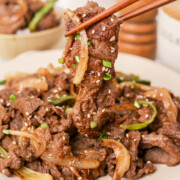

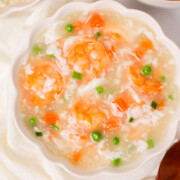
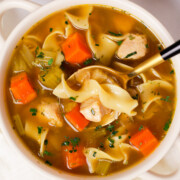
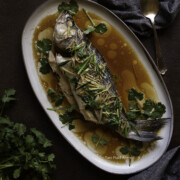


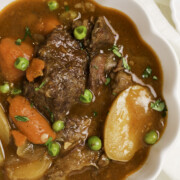
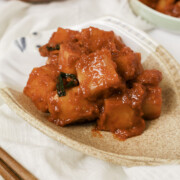
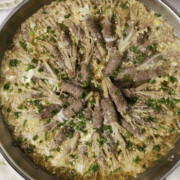
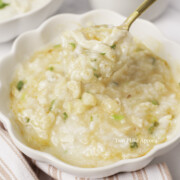
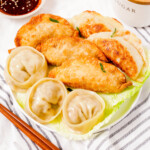




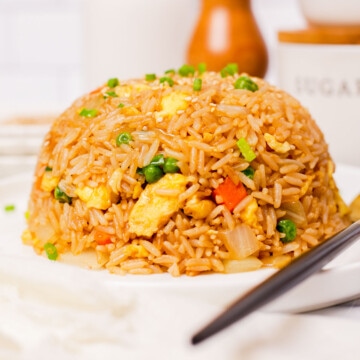
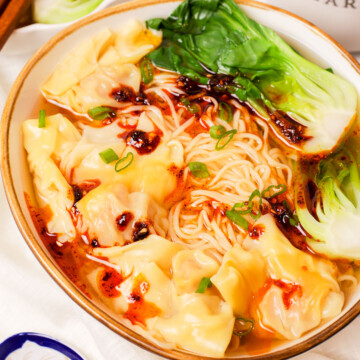
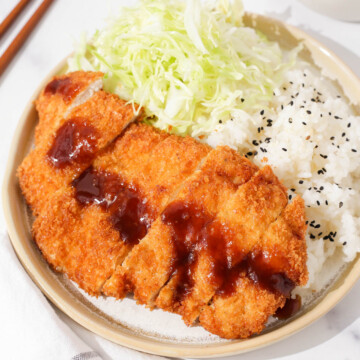

Comments
No Comments